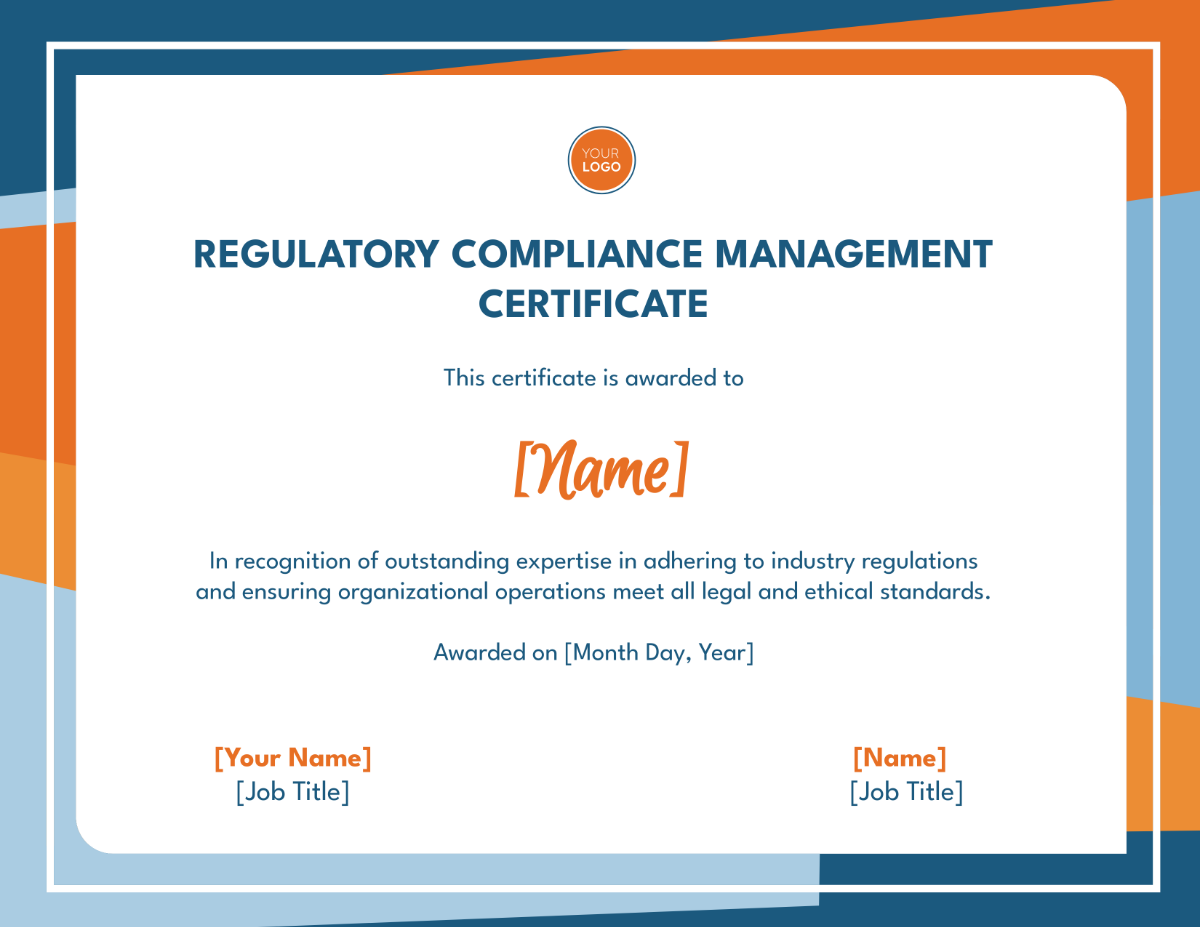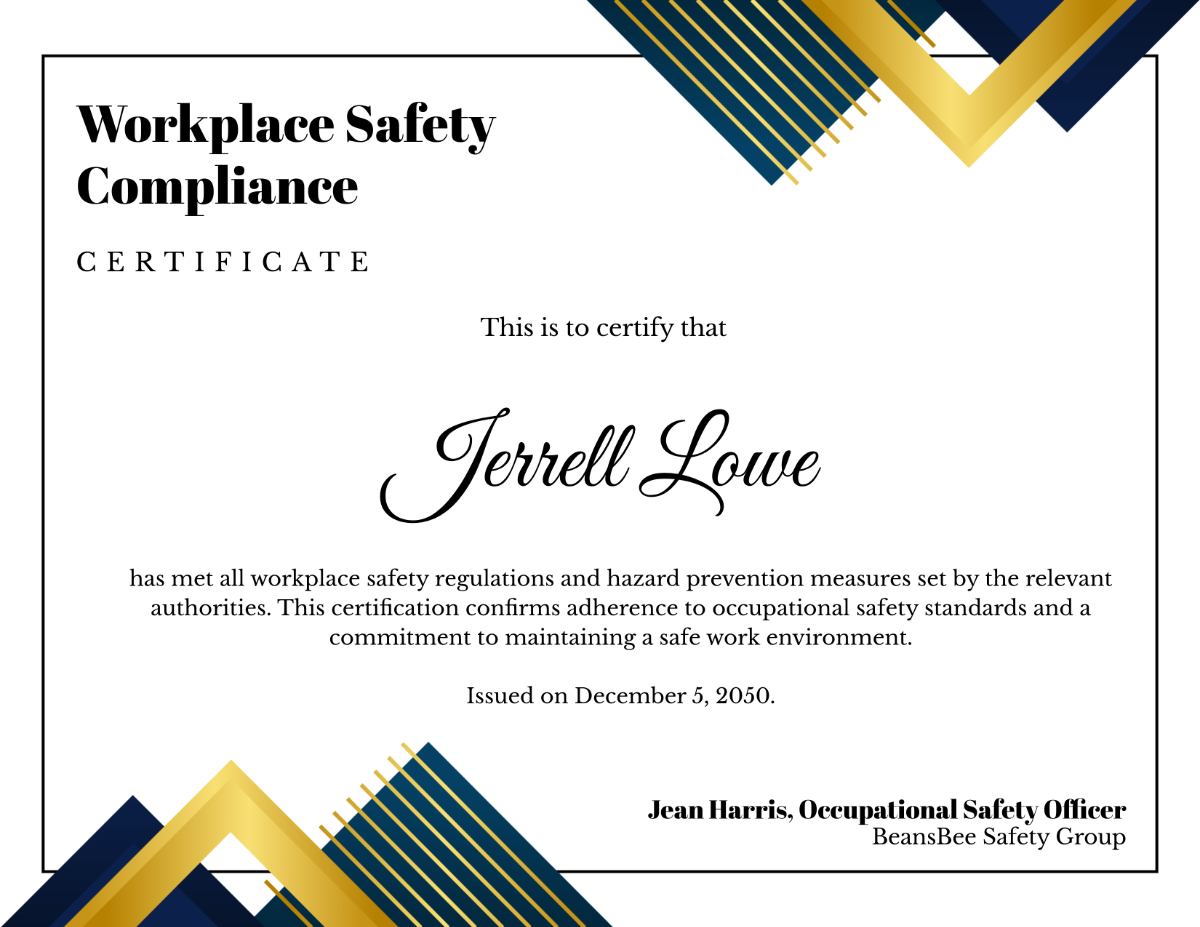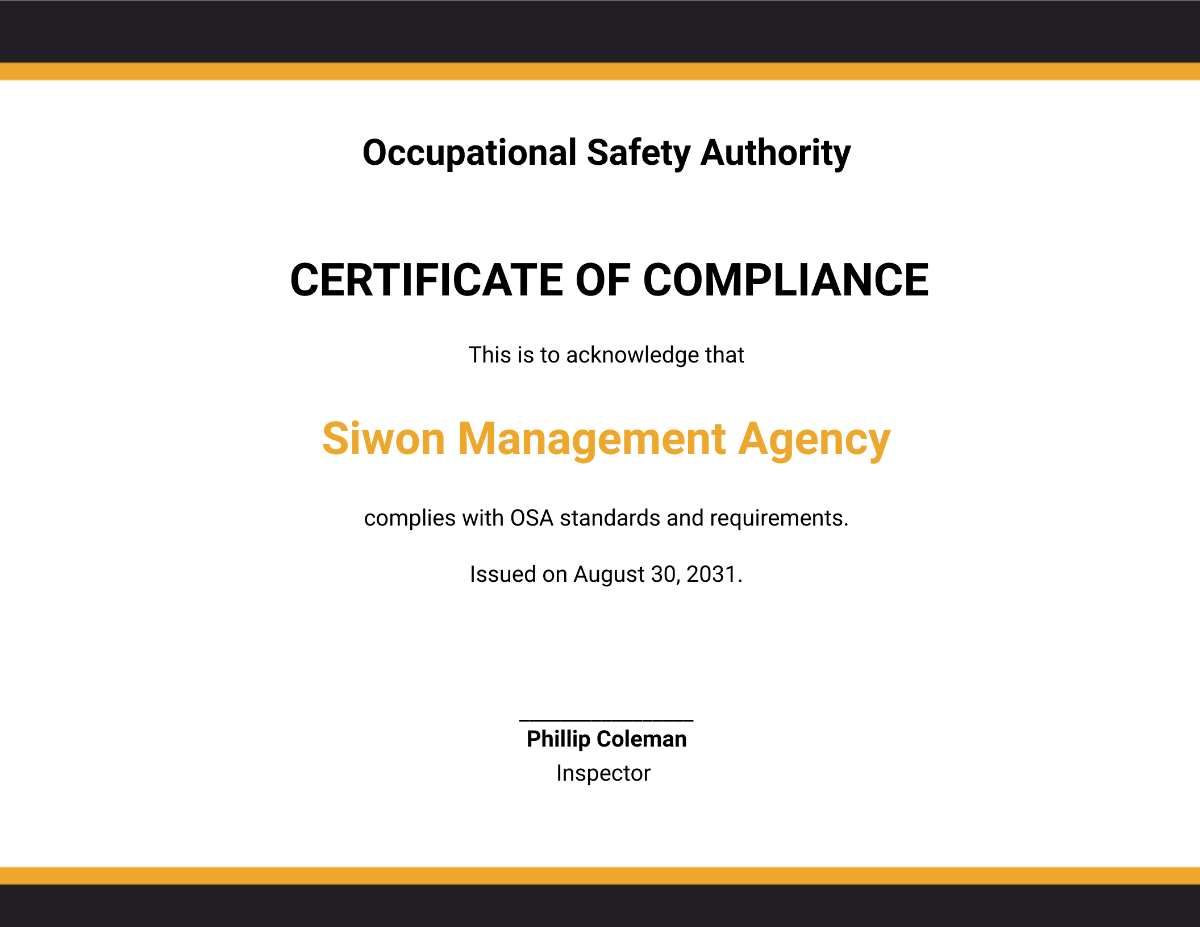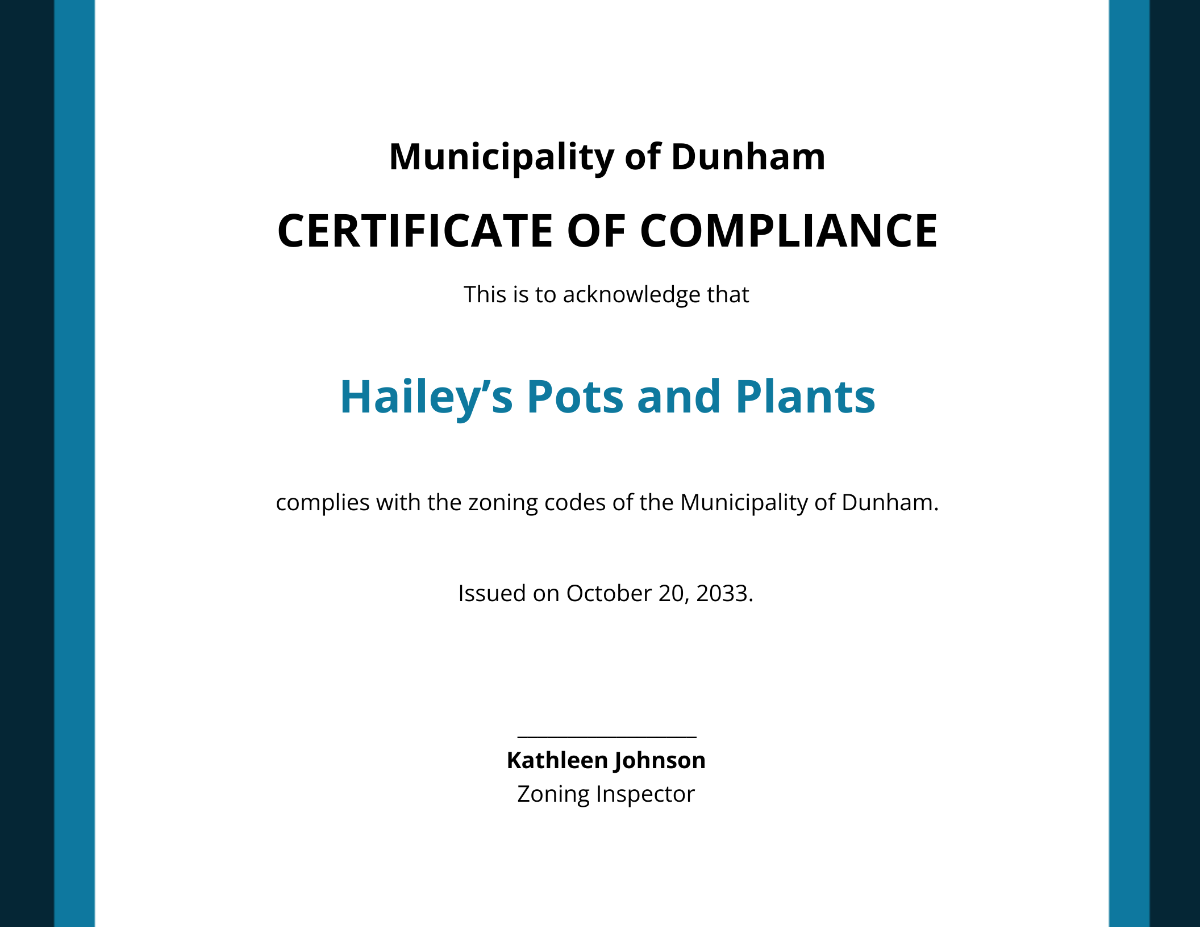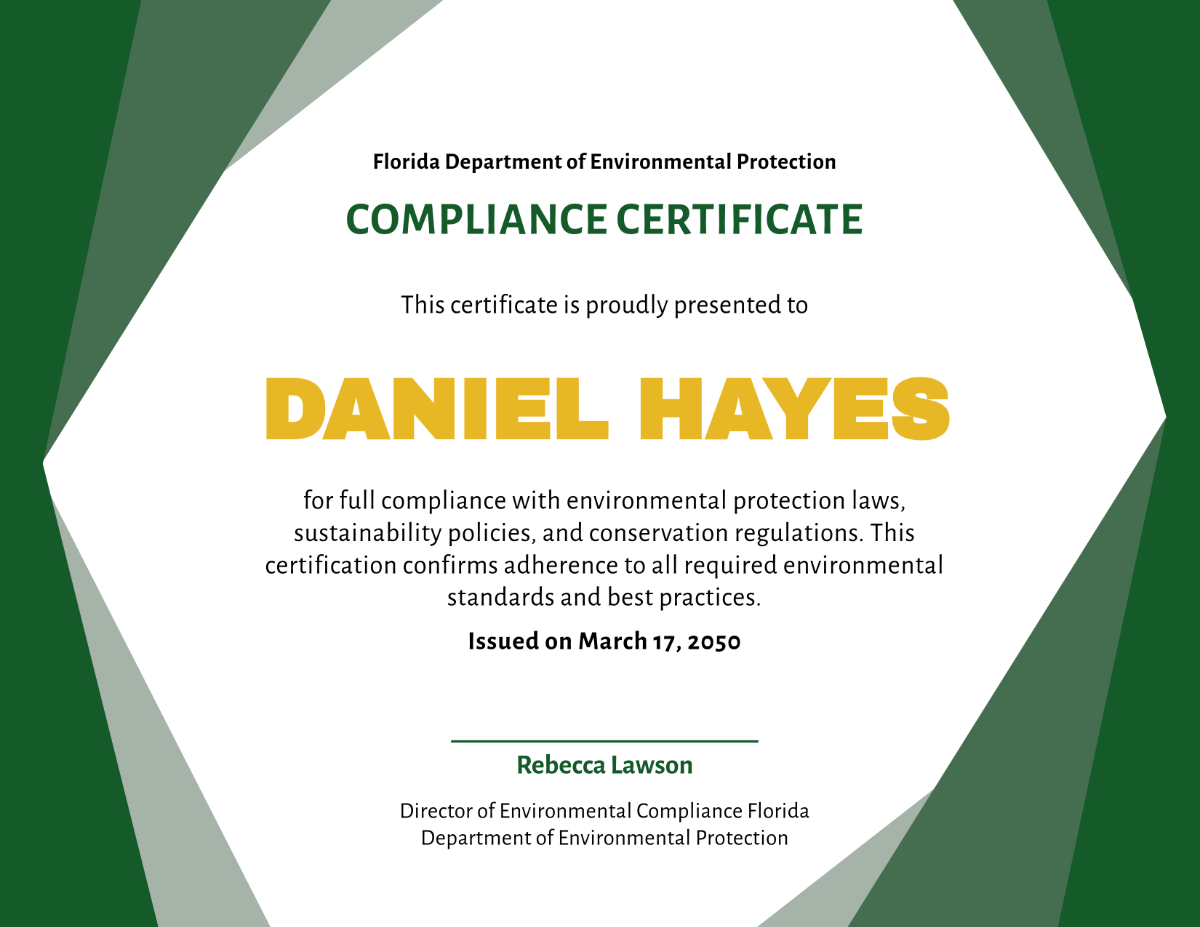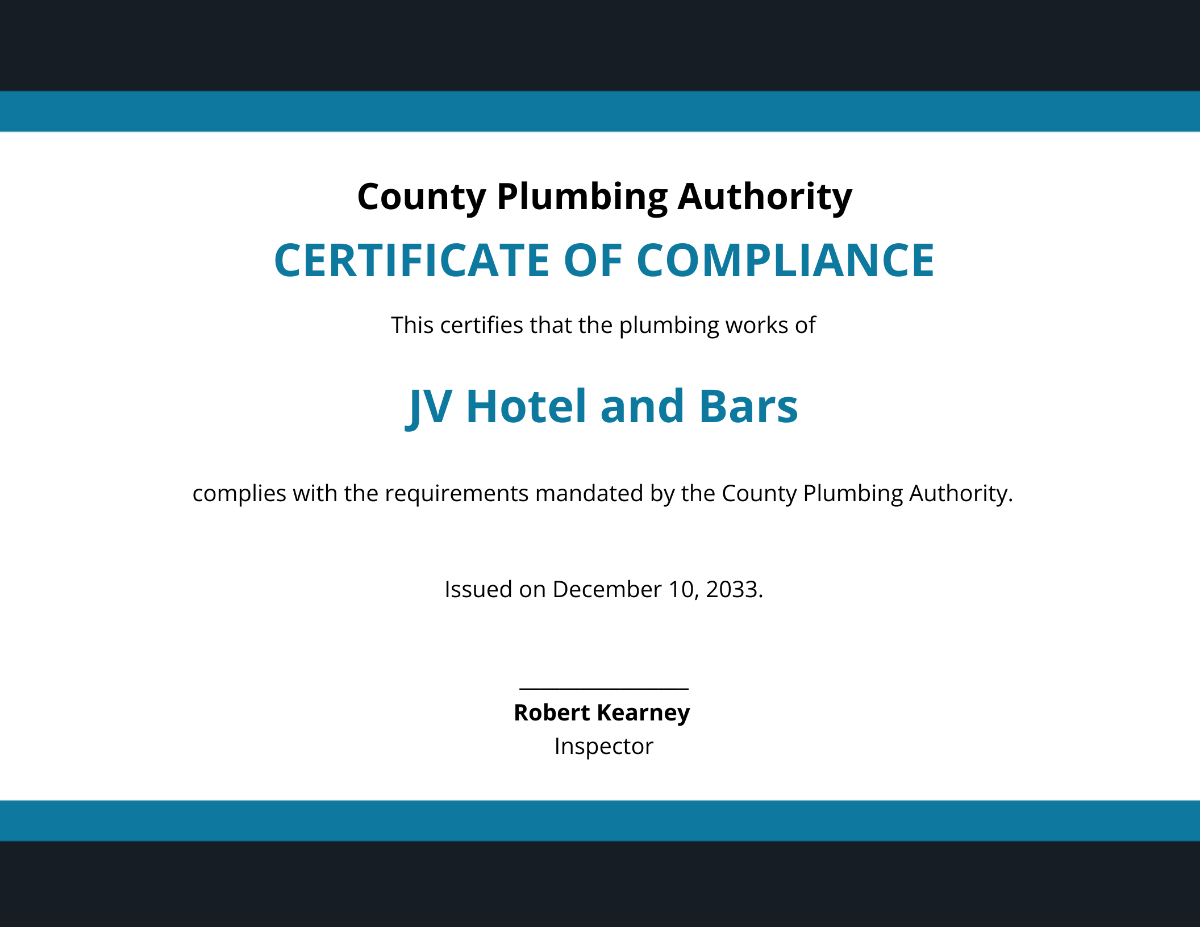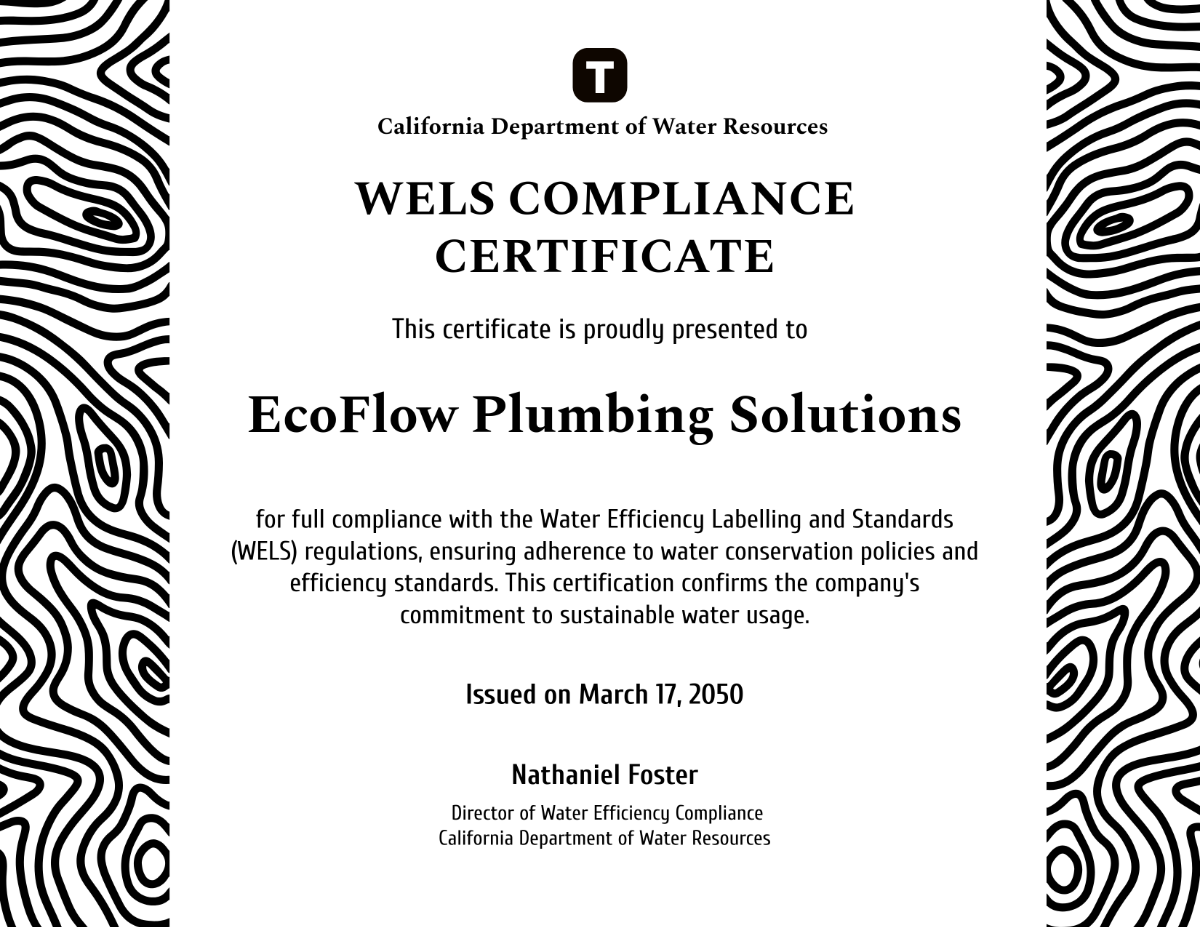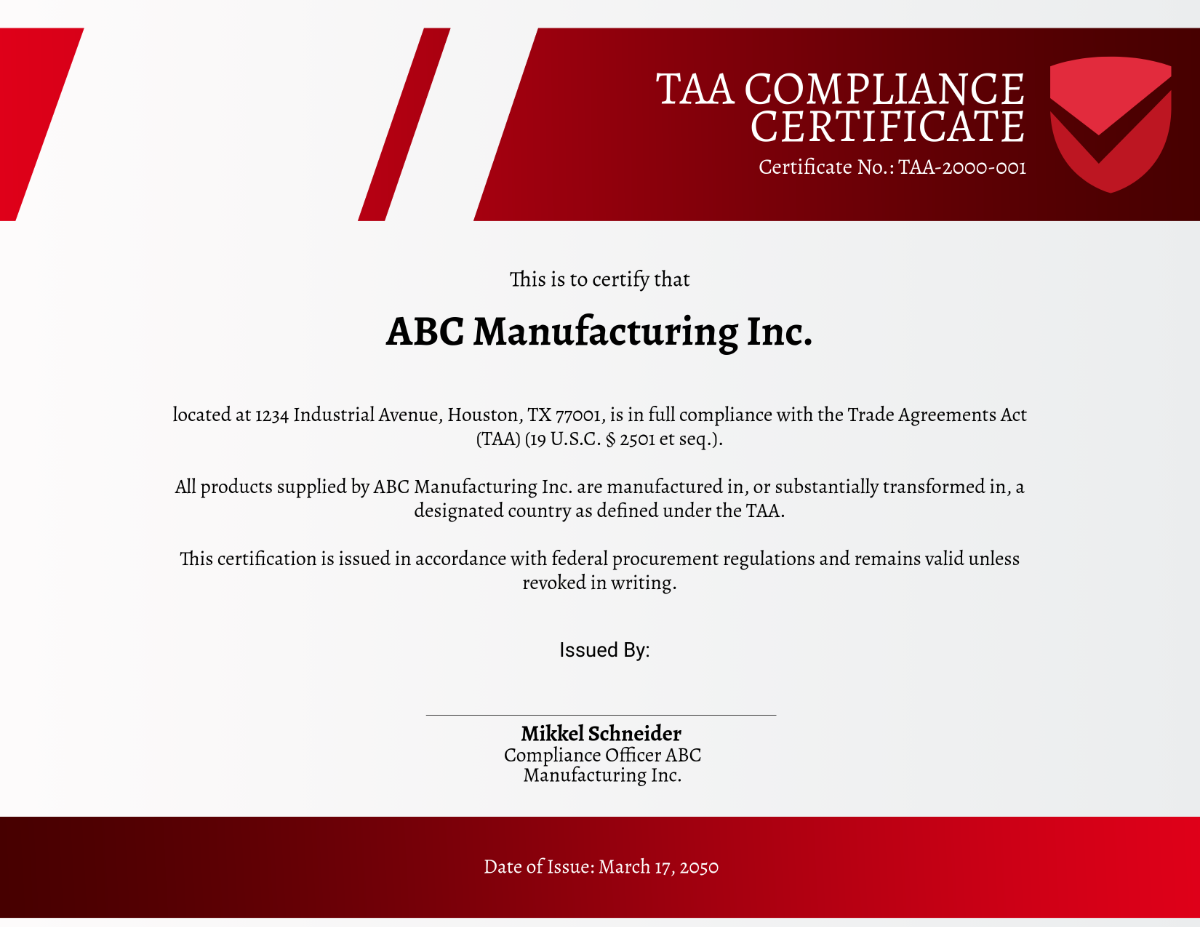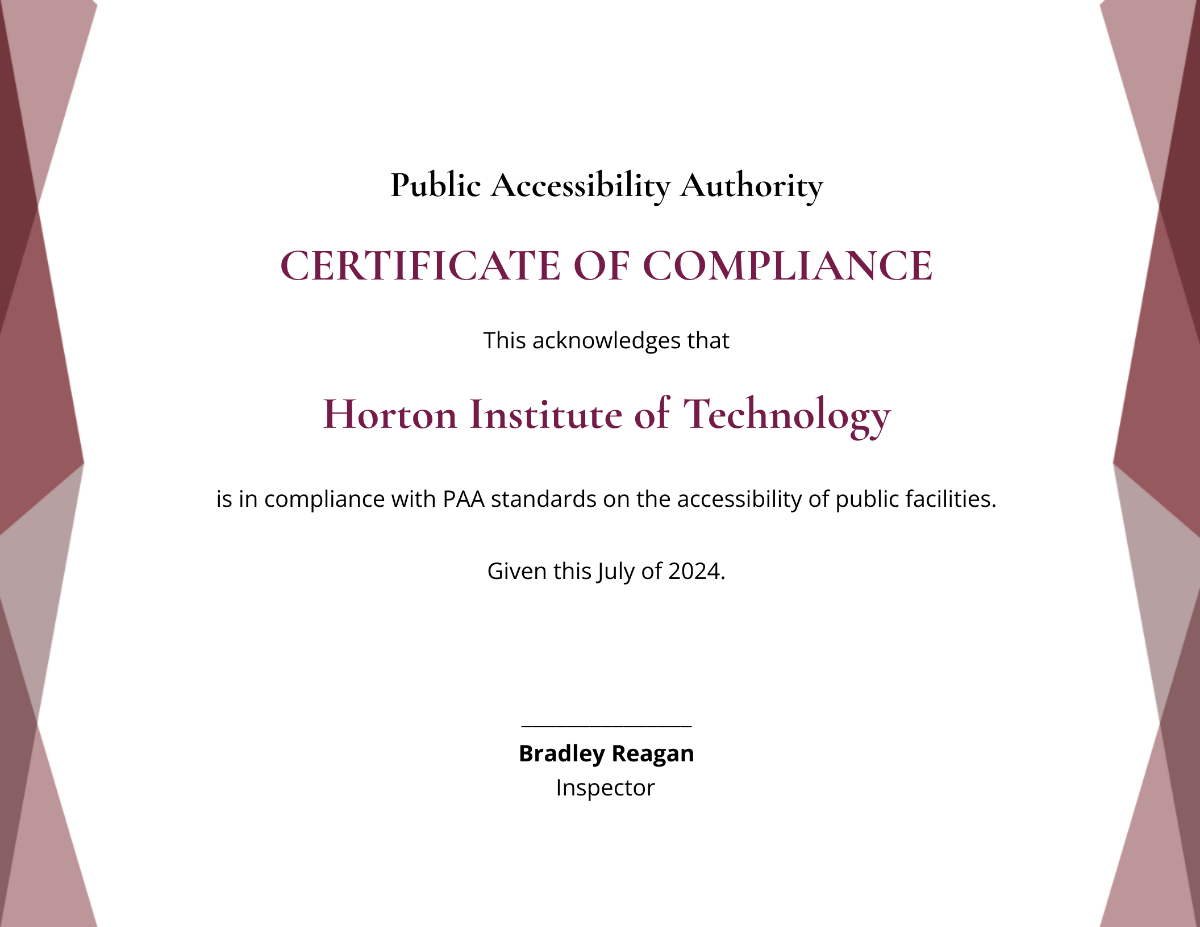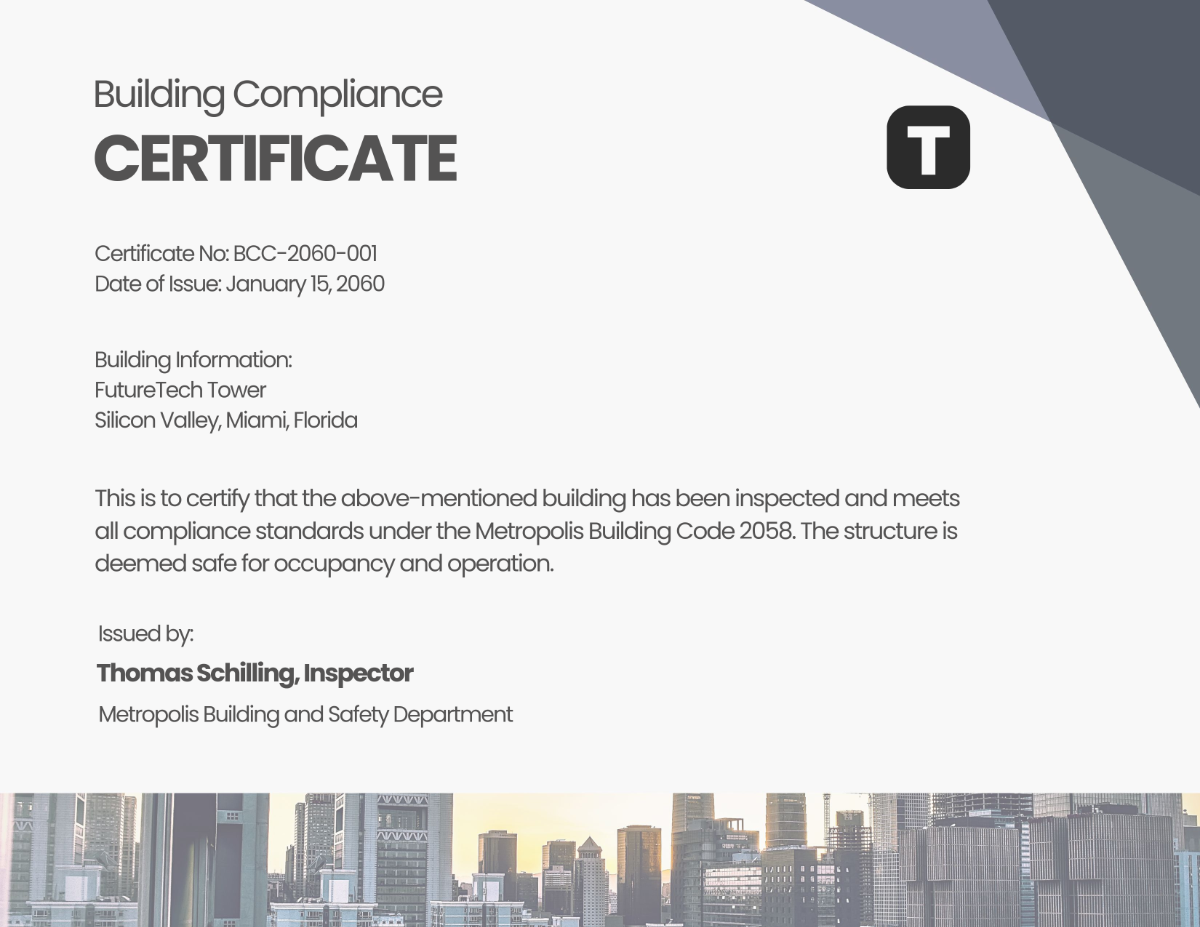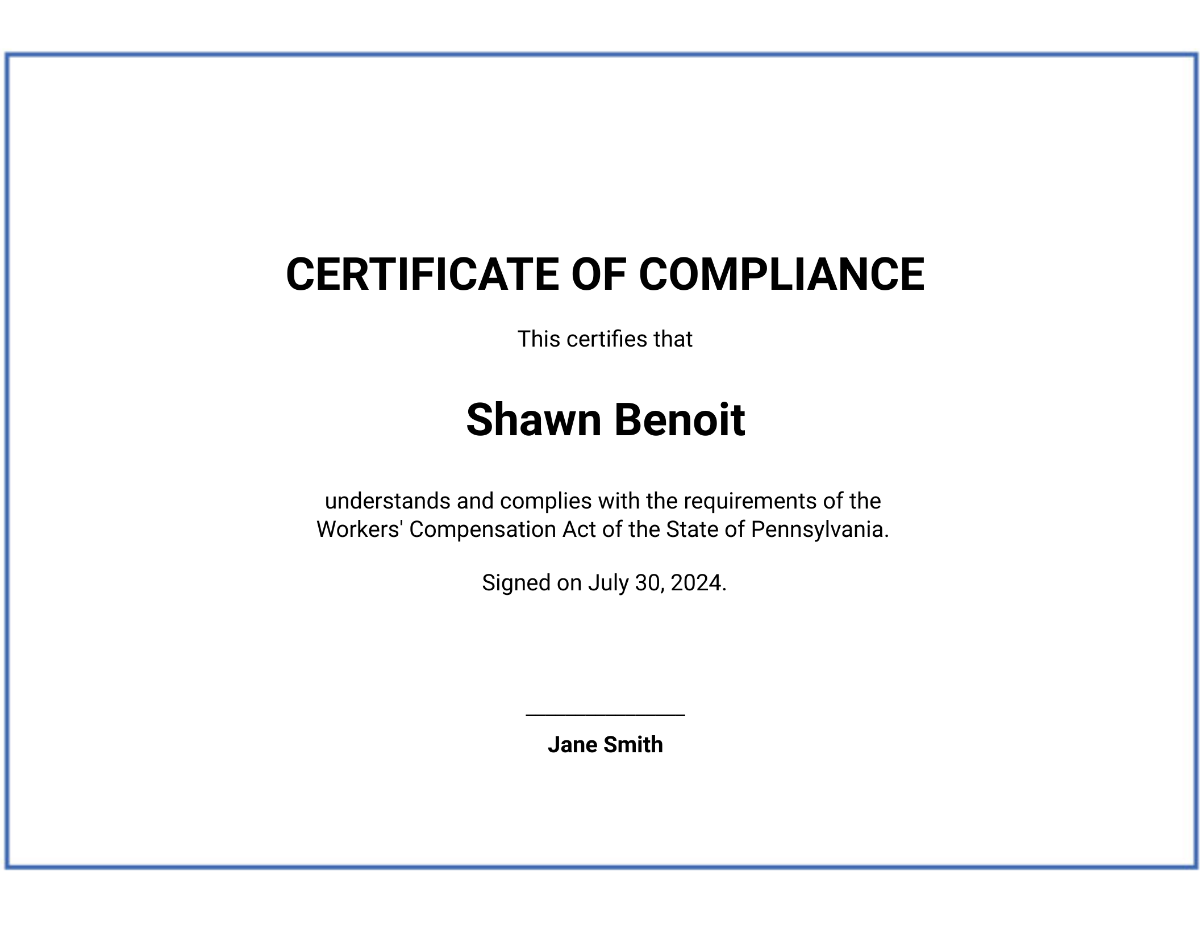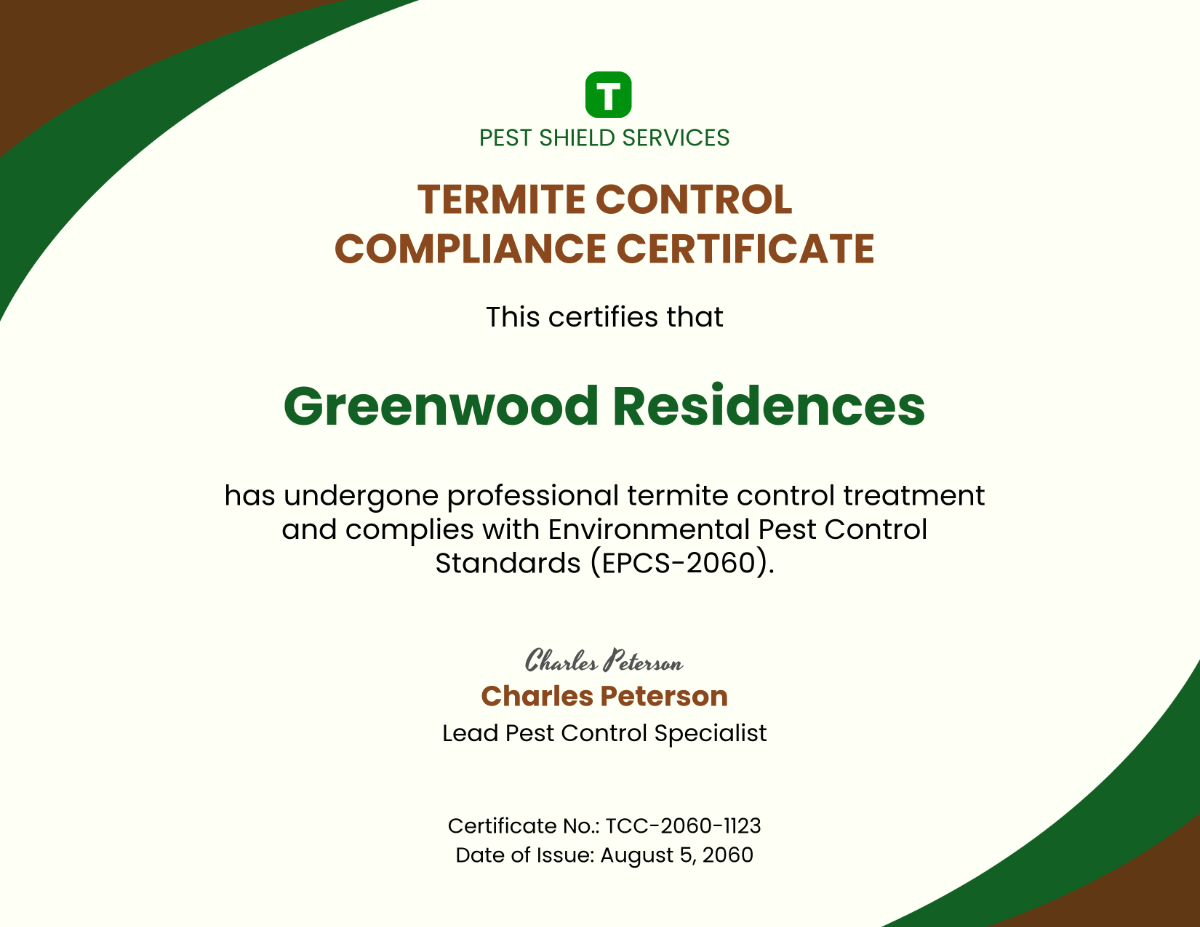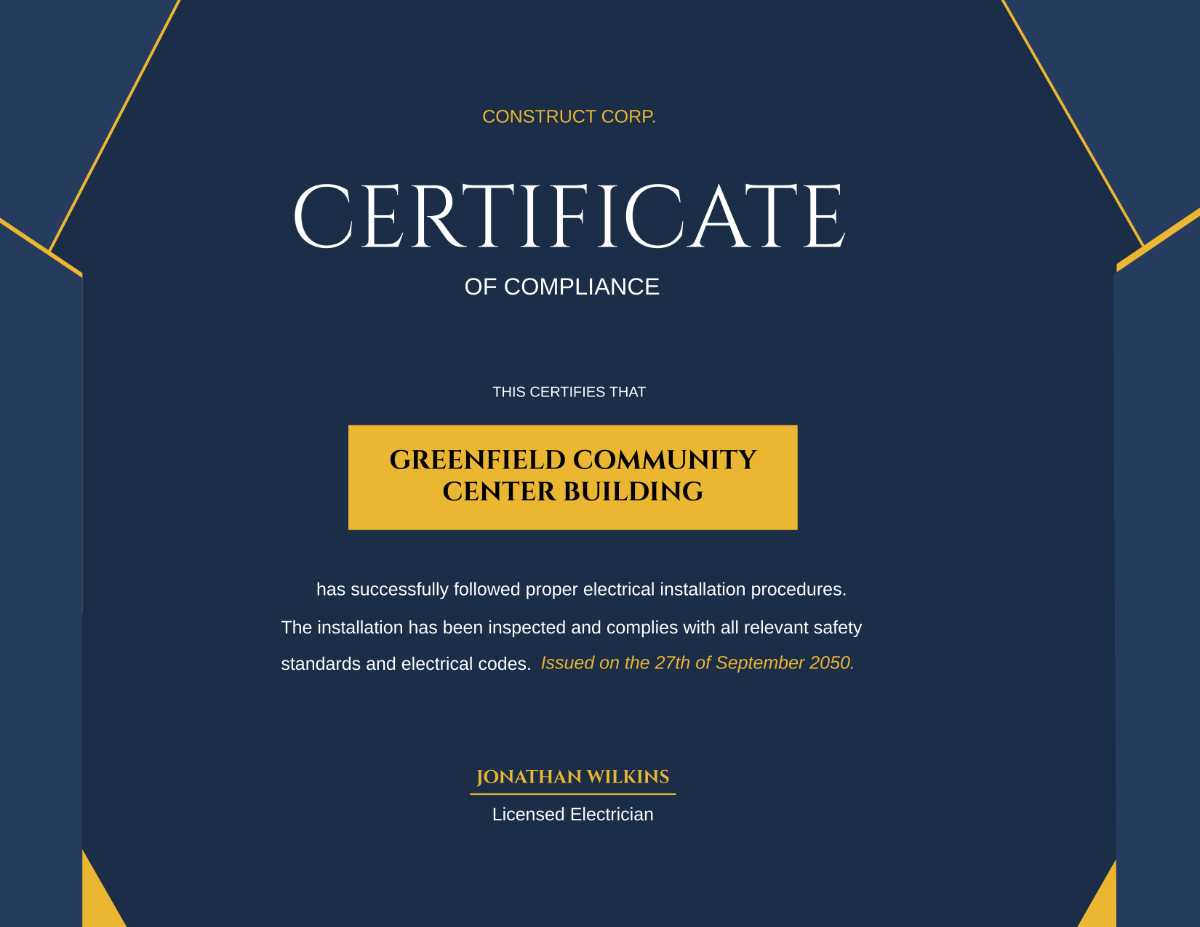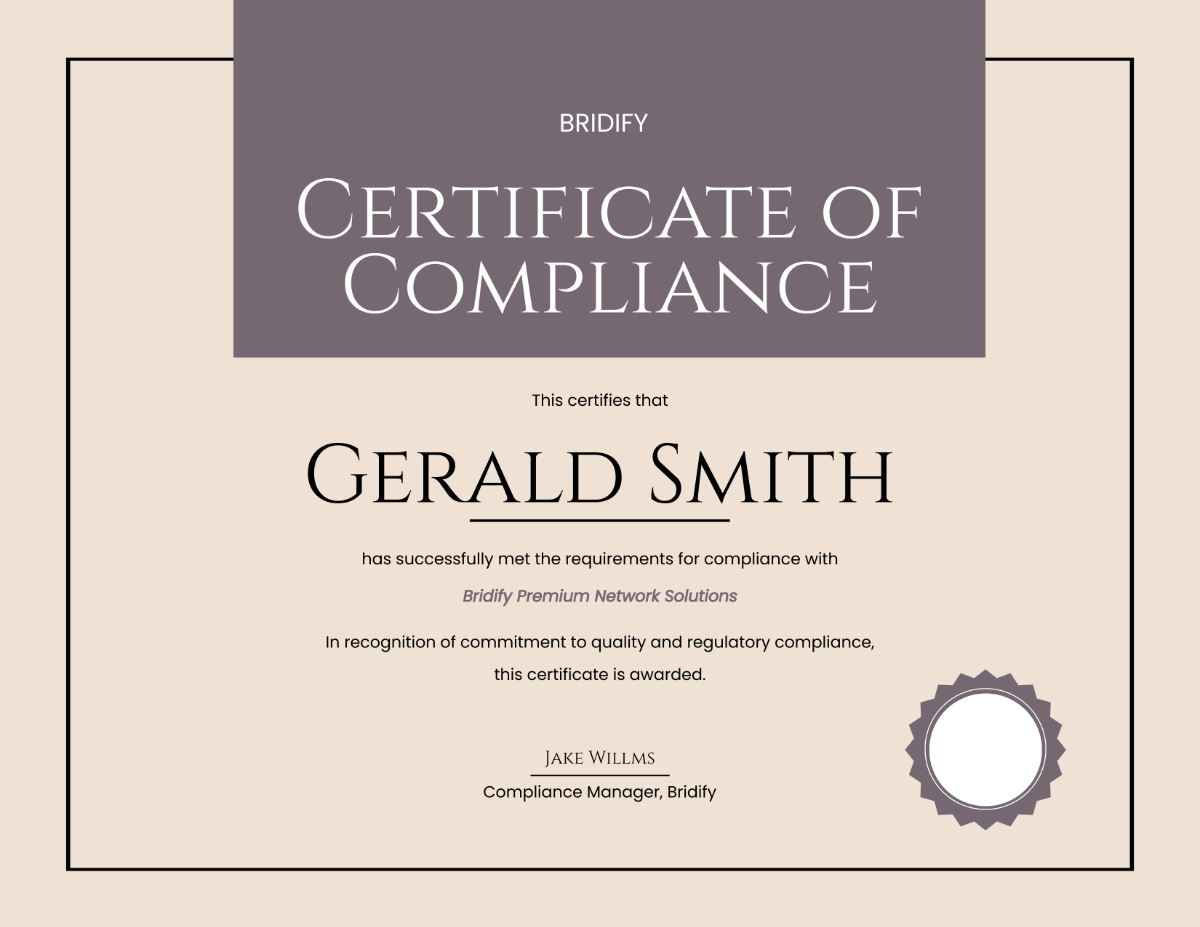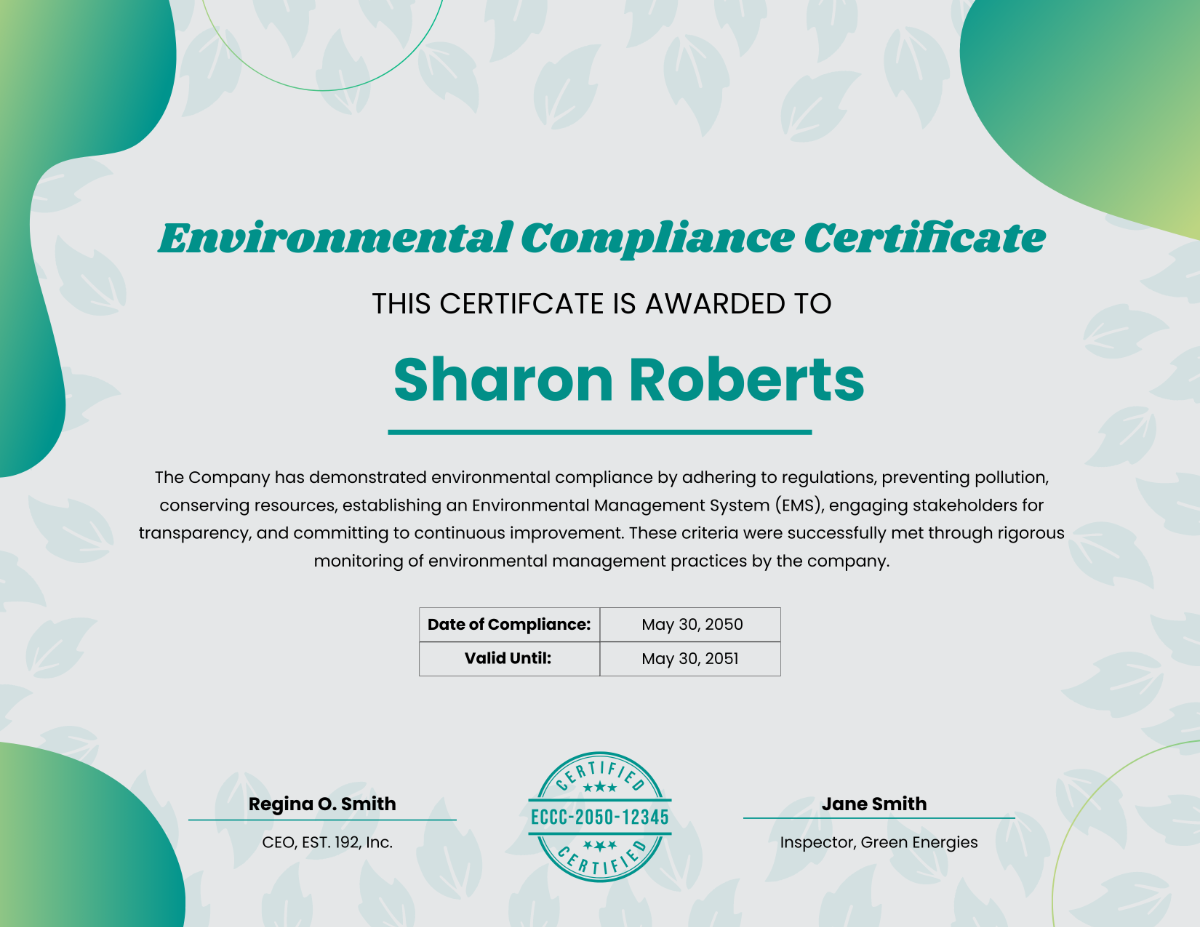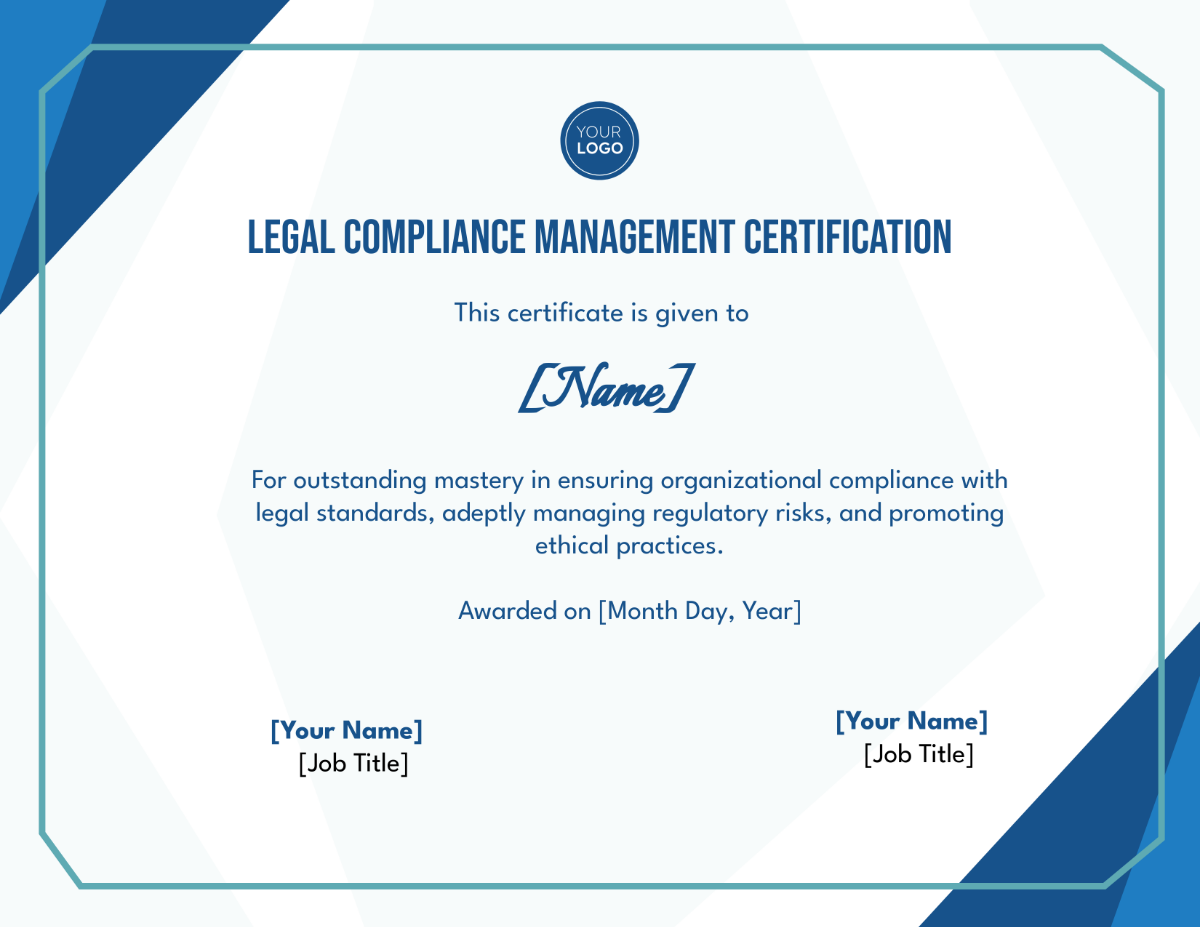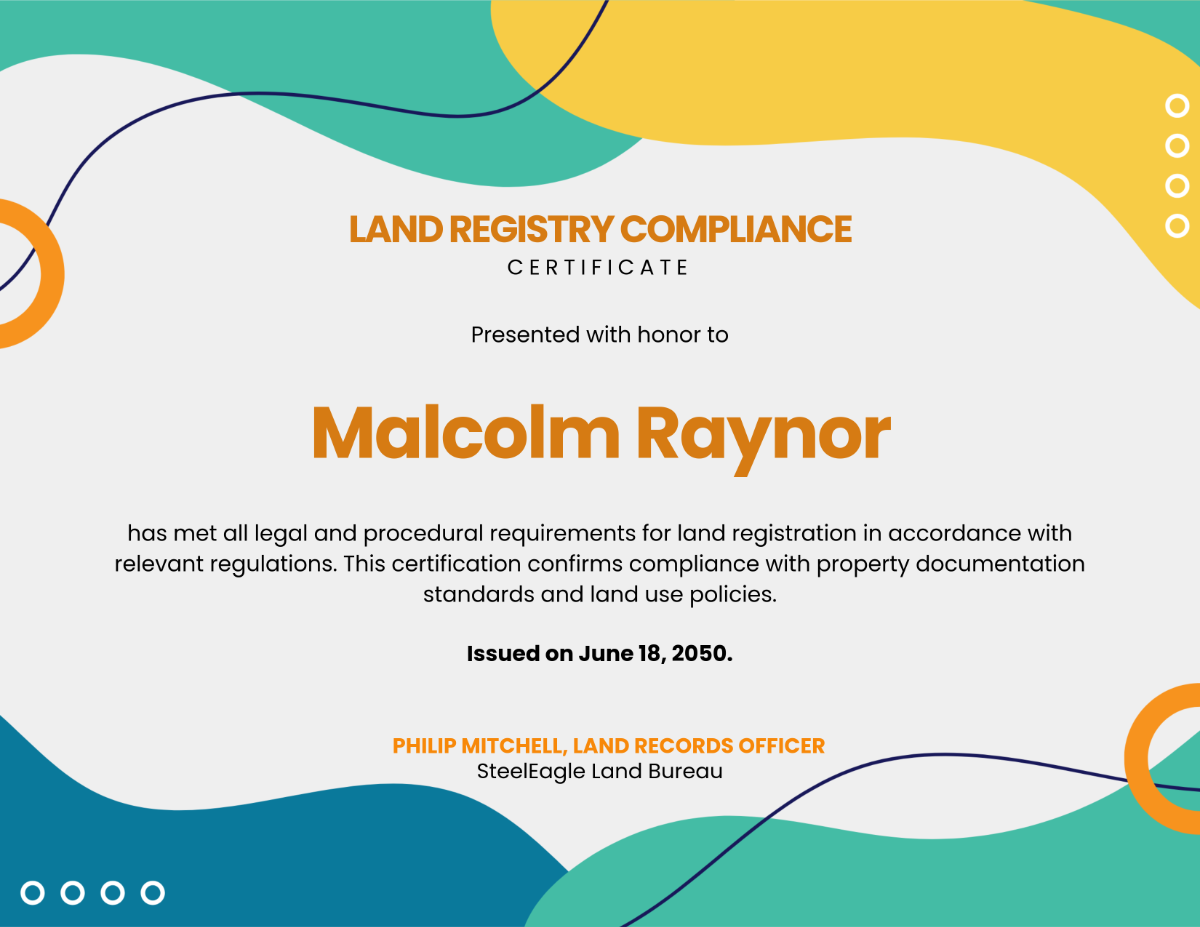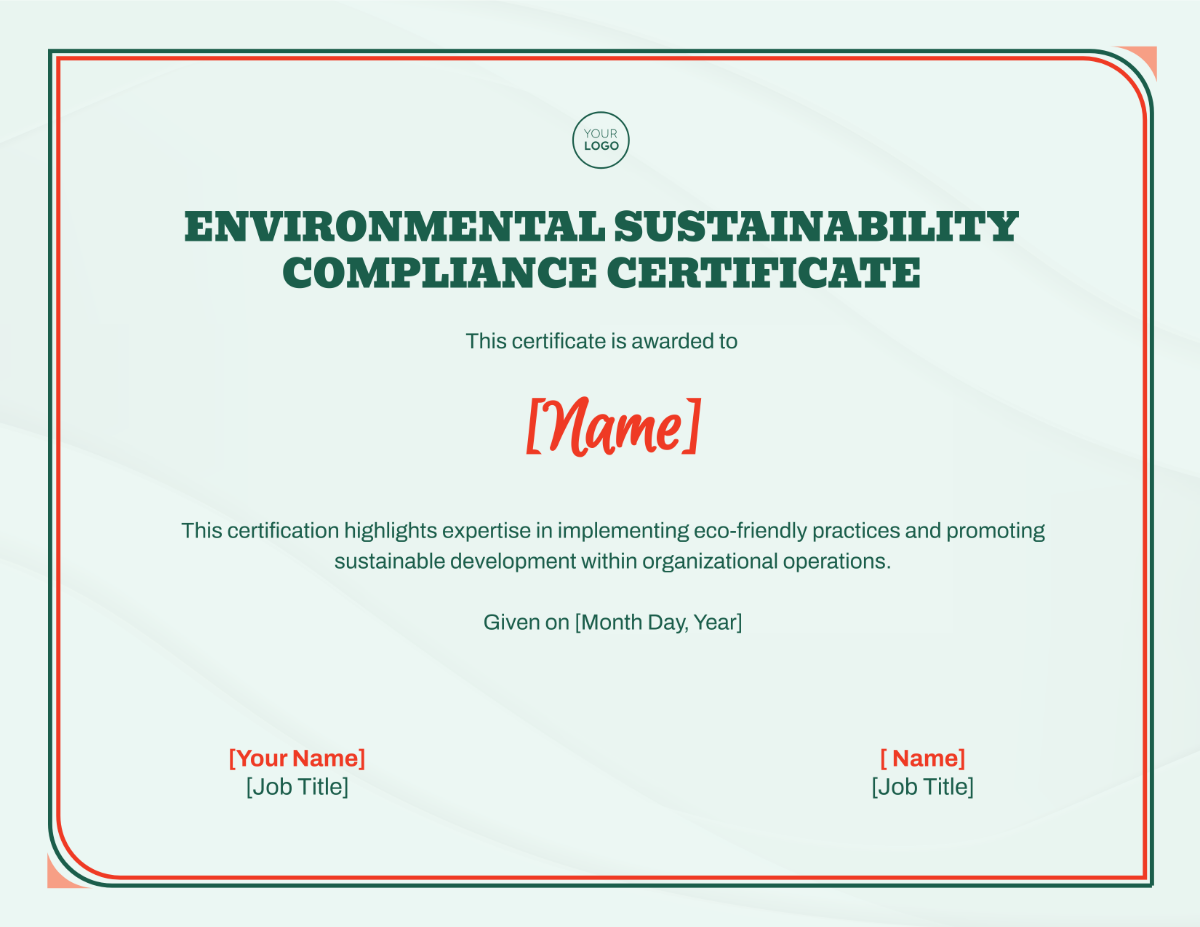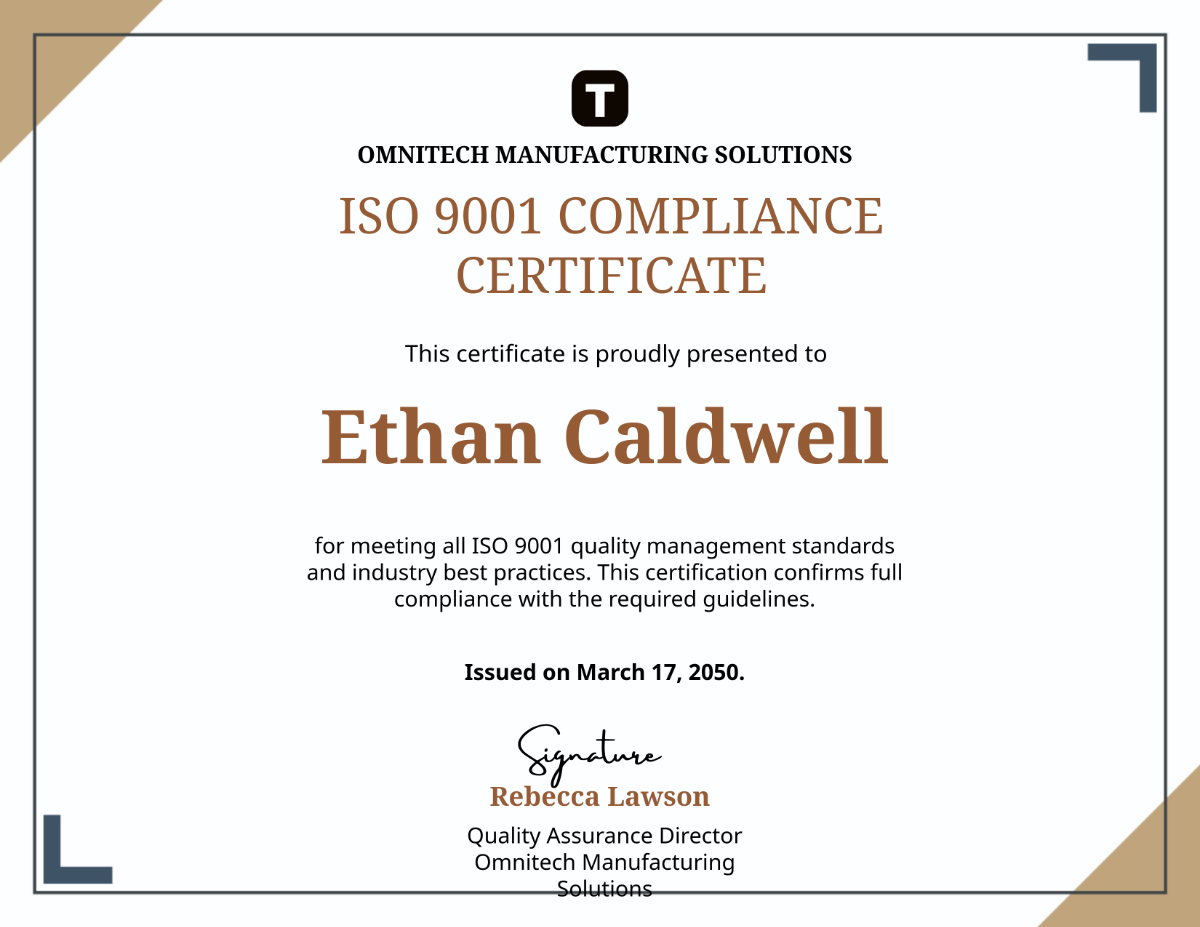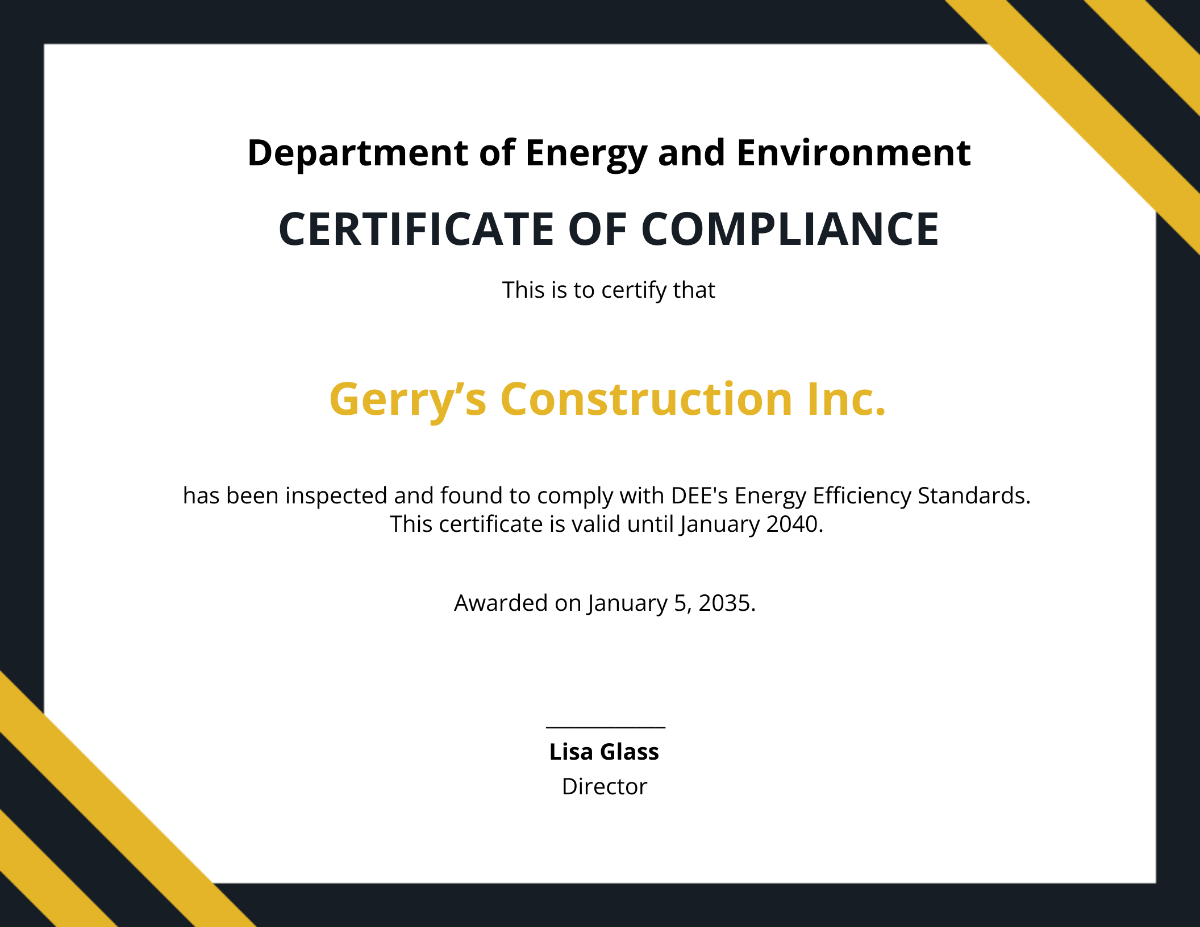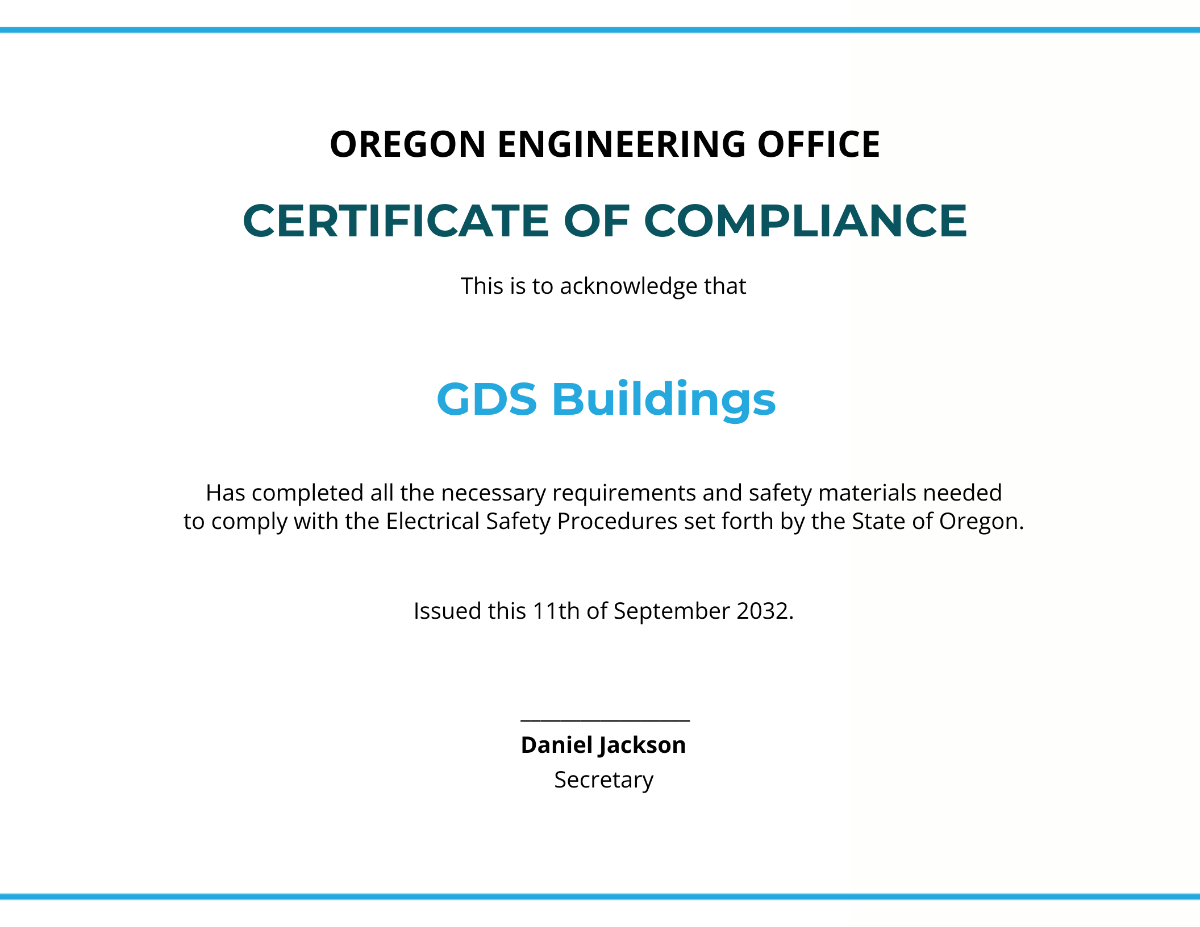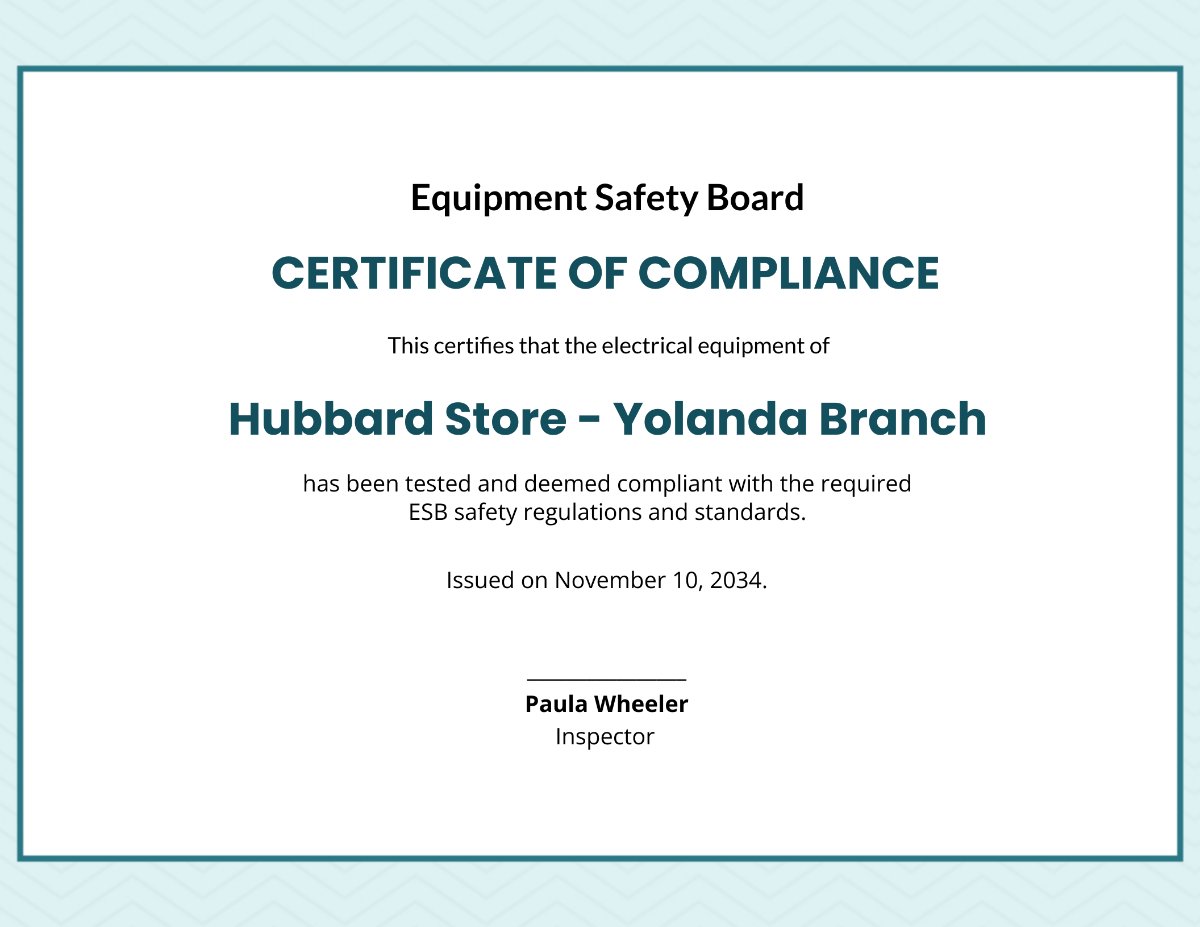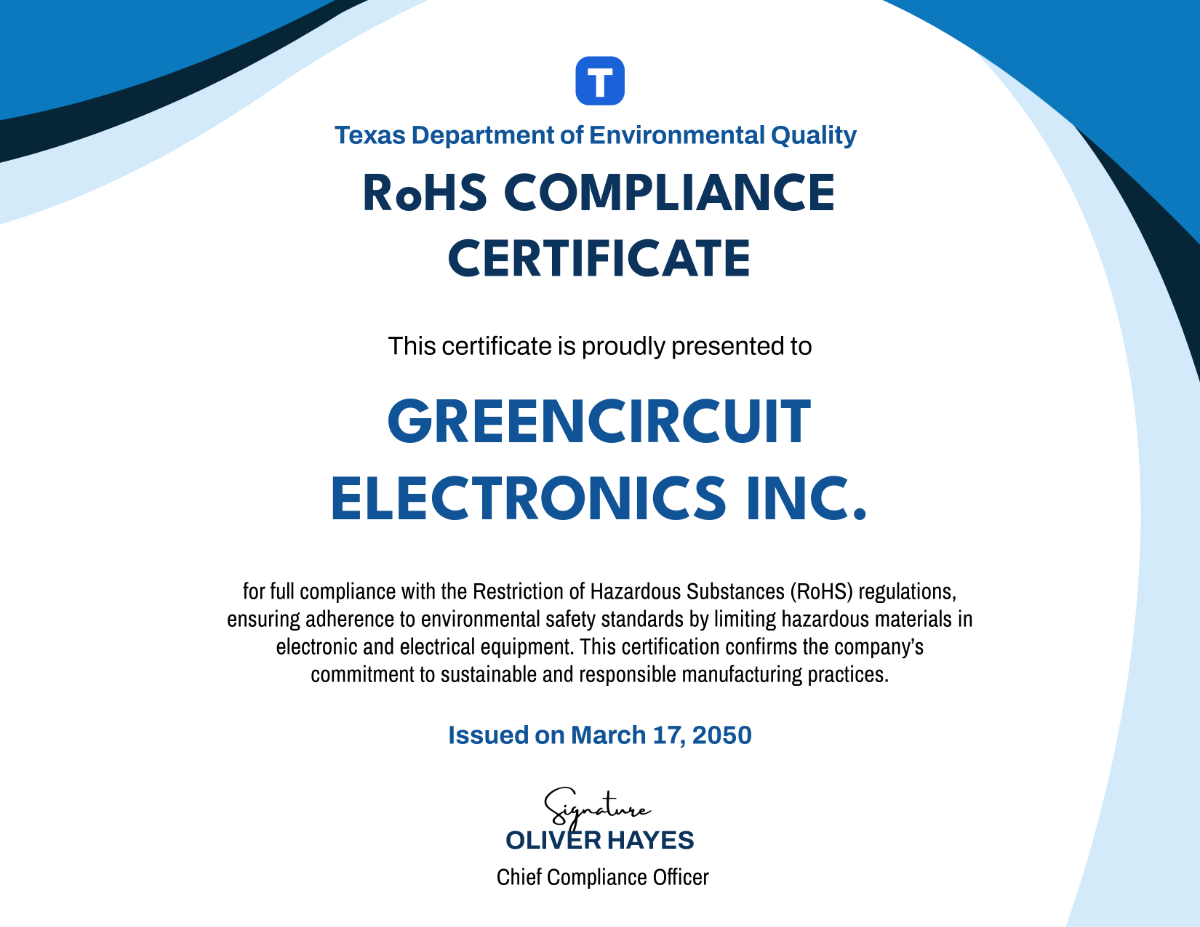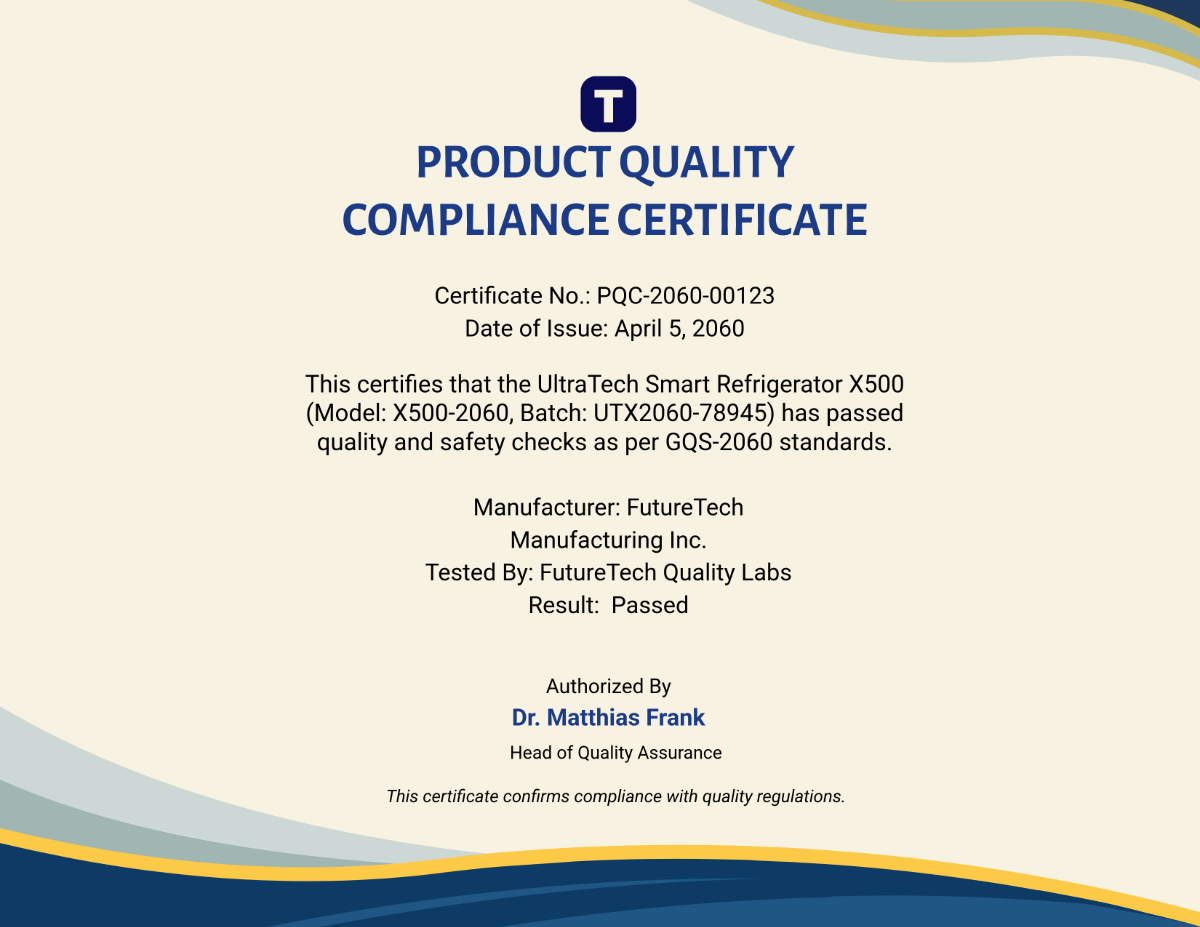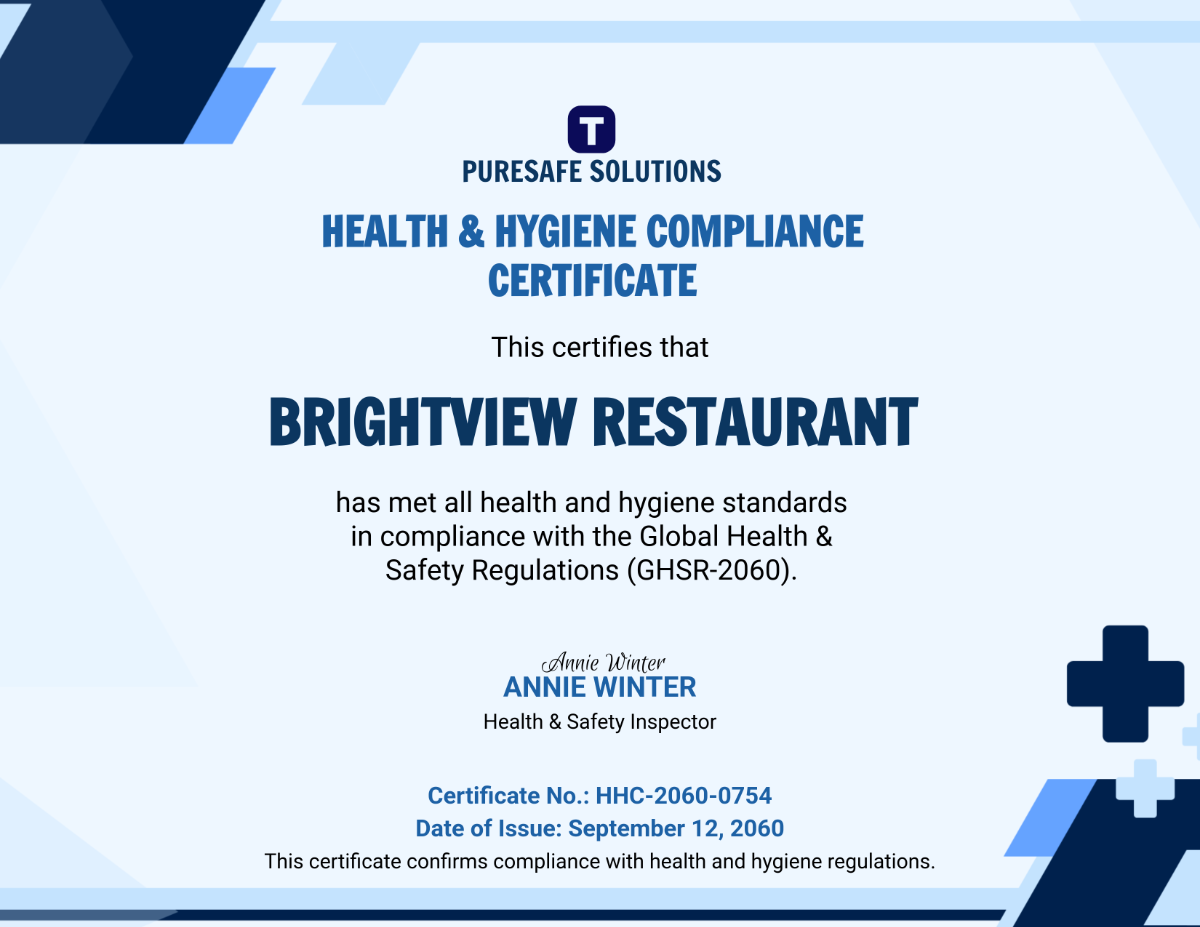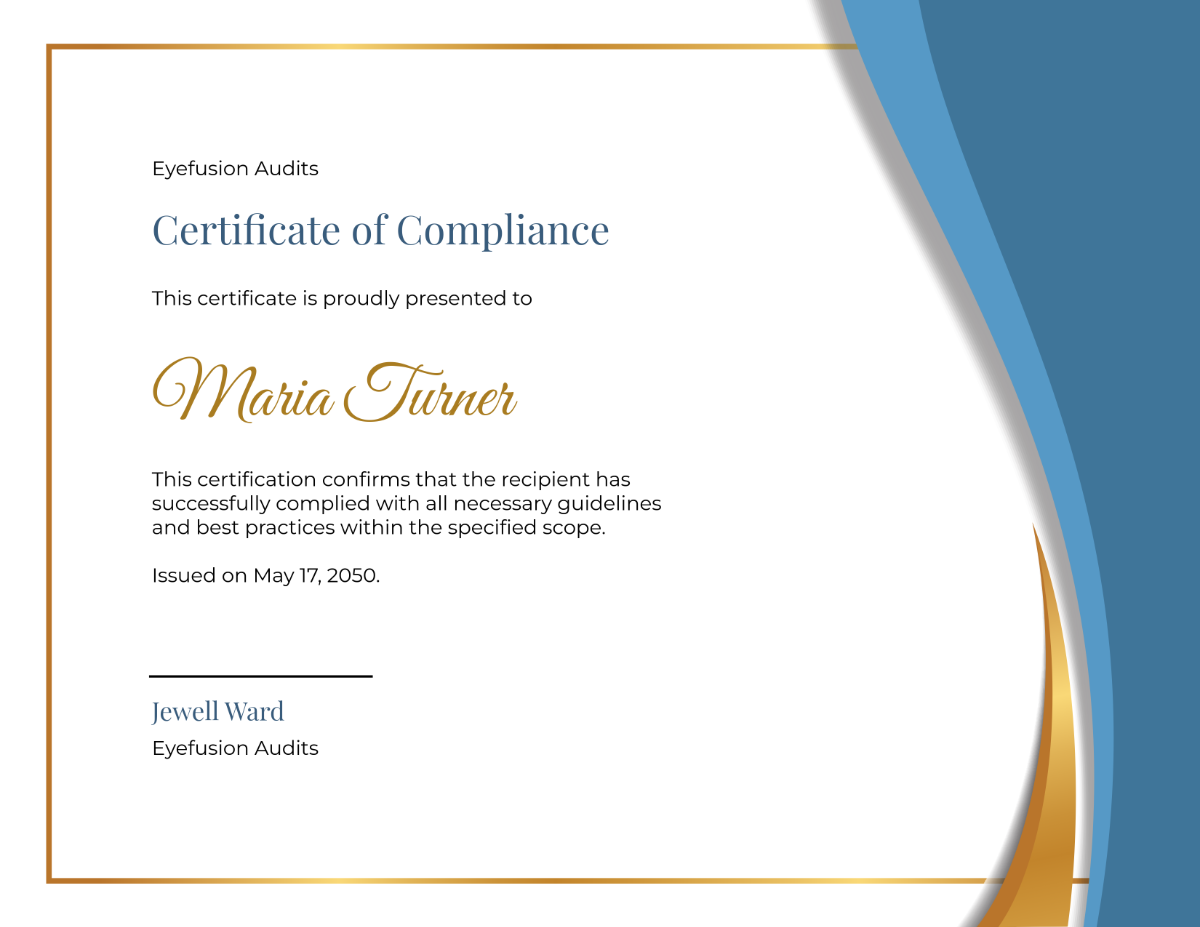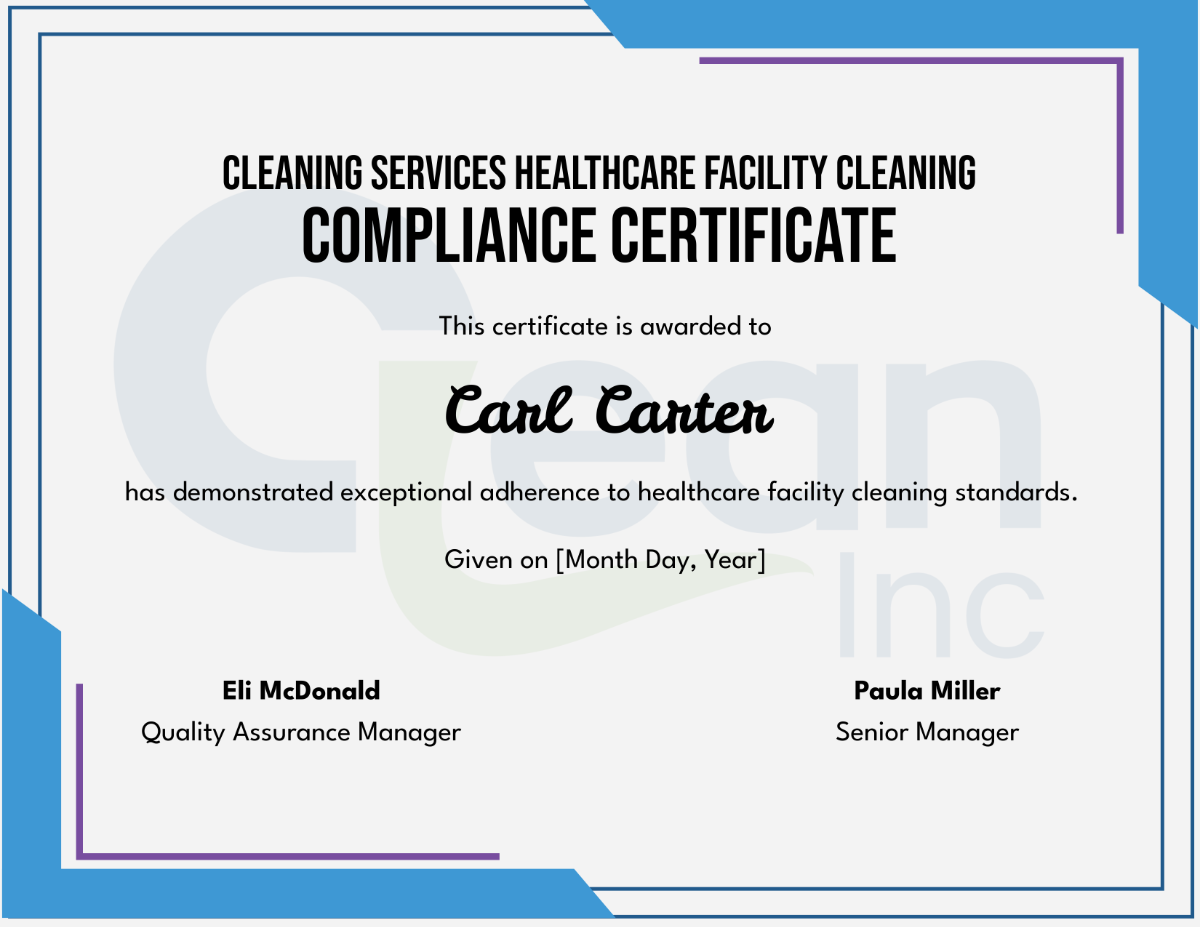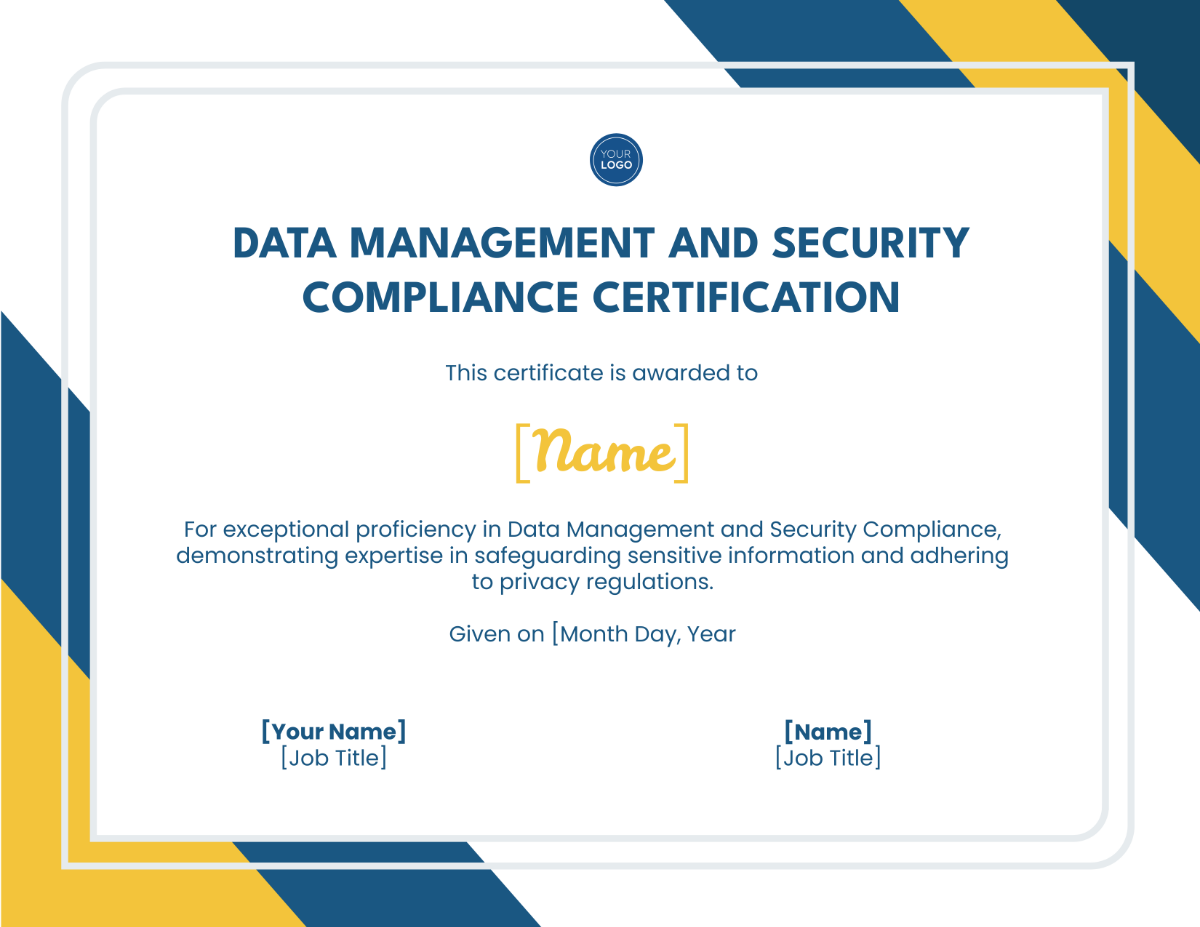Agriculture Organic Farming Certification Procedure
I. Introduction
A. Overview
Organic farming represents a sustainable approach to agriculture that emphasizes soil health, biodiversity, and the exclusion of synthetic inputs like pesticides and fertilizers. This method aims to produce food in harmony with nature, minimizing environmental impact while promoting ecological balance.
B. Purpose of Certification
Certification in organic farming serves multiple crucial purposes. It assures consumers that products labeled as organic meet strict standards for production, handling, and labeling. For farmers, certification offers access to premium markets, higher product prices, and the opportunity to contribute positively to environmental stewardship.
C. Scope
This procedure outlines the steps involved in obtaining organic farming certification through [Your Company Name]. It applies to agricultural operations of all sizes, encompassing crop production, livestock management, and processing of organic products.
II. Certification Process
A. Initial Inquiry and Application
1. Inquiry
Farmers interested in transitioning to organic farming or seeking certification should initiate contact with [Your Company Name]. Our customer service team provides essential information on certification requirements, processes, and associated costs.
2. Application Submission
The Organic Certification Application Form serves as the initial step in the certification process. This form gathers comprehensive details about the farm, including:
Farm Details: Location, size, and specific areas designated for organic production.
Crop or Livestock Types: Detailed descriptions of all crops or livestock intended for certification.
Current Practices: Overview of existing farming methods, highlighting any conventional practices to be phased out.
Land Use History: Historical information on previous land use, essential for assessing compliance with organic transition requirements.
Input Materials: Listing of all inputs used, such as fertilizers, pesticides, and amendments.
Applicants are required to include a non-refundable application fee of $500 to cover administrative costs.
B. Initial Review and Documentation
1. Review of Application
Upon receipt of the completed application, [Your Company Name] conducts a thorough review to ensure all required information is provided accurately. This initial assessment serves as the foundation for subsequent inspection planning and process evaluation.
2. Documentation Requirements
Applicants must submit comprehensive documentation alongside their application form, including but not limited to:
Farm Maps: Detailed maps identifying certified organic areas, buffer zones, and water sources to ensure compliance with spatial requirements.
Soil and Water Test Results: Recent analyses verifying soil health and water quality, crucial for assessing environmental impact and long-term sustainability.
Seed Sources: Documentation confirming the origin and organic certification of all seeds used in planting operations.
Crop Rotation and Soil Management Plans: Detailed strategies outlining crop rotation schedules, cover cropping practices, and soil enrichment methods.
Pest and Weed Management Strategies: Integrated Pest Management (IPM) plans highlighting preventive measures and biological controls to minimize pest and weed pressures without synthetic chemicals.
C. On-Site Inspection
1. Scheduling the Inspection
Following a satisfactory review of submitted documentation, [Your Company Name] schedules an on-site inspection led by trained organic inspectors. Inspectors are appointed based on their expertise in organic farming practices and adherence to established certification protocols.
2. Conducting the Inspection
During the on-site inspection, inspectors meticulously assess the farm's compliance with organic standards. Key activities include:
Verification of Compliance: Inspection teams verify adherence to organic farming guidelines, focusing on soil management practices, pest control measures, and livestock welfare standards.
Review of Records: Inspectors scrutinize farm records, including inputs used, pest management interventions, and crop rotation schedules, to validate compliance with organic regulations.
Physical Inspection: A comprehensive assessment of farm infrastructure, including fields, storage areas, and livestock facilities, ensures alignment with organic production requirements.
Interviews: Engaging with farm operators and personnel allows inspectors to gather insights into daily farming practices and assess awareness of organic principles.
3. Inspection Report
Upon completion of the on-site inspection, inspectors compile a detailed report summarizing findings and observations. This report outlines areas of compliance, identifies potential non-conformities, and provides recommendations for achieving or maintaining organic certification.
D. Certification Decision
1. Review of Inspection Report
The inspection report undergoes meticulous review by [Your Company Name]'s Certification Committee. This committee comprises experts in organic agriculture, sustainability, and regulatory compliance.
2. Decision and Notification
Based on the committee's evaluation of the inspection report, one of the following decisions is communicated to the applicant within 30 days of the inspection:
Certification Granted: Issued when the farm successfully meets all organic certification requirements, enabling the lawful use of organic labeling and marketing claims.
Conditional Certification: Granted when minor discrepancies or procedural lapses are identified, stipulating corrective actions to be undertaken within a specified timeframe.
Certification Denied: In cases of significant non-compliance or failure to meet essential organic standards, certification may be denied, accompanied by detailed explanations and procedural guidance for re-application.
E. Annual Renewal
1. Renewal Application
Organic certification must be renewed annually to ensure ongoing compliance with evolving organic standards and regulatory expectations. Renewal applications require:
Updated Farm Plan: Revision of existing farm plans, incorporating feedback from previous inspections and detailing any changes in farming practices or land use.
Renewal Fee: Payment of an annual renewal fee of $300 to sustain certification status and support administrative processes.
2. Annual Inspection
Annual inspections are integral to the organic certification renewal process. Similar to initial inspections, these evaluations reaffirm ongoing adherence to organic principles and sustainable farming practices. Inspectors assess:
Continued Compliance: Verification of sustained adherence to organic production methods, focusing on soil health, crop rotation, pest management, and livestock welfare.
Records Review: Scrutiny of updated farm records, ensuring accurate documentation of inputs used, pest management interventions, and any changes in farming practices.
Compliance Review: Engagement with farm operators to discuss operational improvements, emerging challenges, and the integration of organic farming practices into daily operations.
III. Standards and Requirements
A. Soil Management and Fertility
1. Soil Health
Central to organic farming practices is the preservation and enhancement of soil health. Farmers adopt strategies to:
Maintain Soil Organic Matter: Employ cover cropping and composting techniques to enrich soil fertility and structure.
Enhance Soil Structure: Implement crop rotation schedules to mitigate erosion risks and improve water retention capabilities.
Promote Soil Biodiversity: Foster diverse microbial populations within soils to support nutrient cycling and enhance plant resilience.
2. Fertilizers
Organic agriculture prohibits the use of synthetic fertilizers, instead advocating for the application of natural amendments such as:
Compost: Decomposed organic matter utilized to enhance soil nutrient profiles and support microbial activity.
Manure: Animal-derived waste products serving as nutrient-rich fertilizers, subject to appropriate storage and application protocols.
Green Manure: Cover crops cultivated and subsequently tilled into soils to supplement nitrogen levels and enhance soil structure.
B. Crop Management
1. Crop Rotation
Organic crop rotation strategies aim to optimize soil health, reduce pest pressures, and sustain long-term agricultural productivity. Farmers implement:
Diverse Rotational Cycles: Alternating planting sequences of legumes, cereals, and root vegetables to replenish soil nutrients and minimize disease risks.
Cover Crop Integration: Utilizing cover crops such as clover or rye to suppress weeds, fix nitrogen, and enhance soil structure between cash crop rotations.
2. Pest and Weed Control
Integrated Pest Management (IPM) principles guide organic farmers in employing sustainable pest and weed control tactics, including:
Biological Controls: Introducing natural predators or parasitoids to manage pest populations without resorting to synthetic chemicals.
Crop Diversity: Planting diverse crop species to disrupt pest lifecycles and minimize pest-associated crop damages.
Mechanical Interventions: Utilizing physical barriers or mechanical cultivation methods to control weeds while preserving soil integrity and biodiversity.
C. Livestock Management
1. Animal Welfare
Organic livestock management prioritizes animal welfare and humane treatment practices. Key principles include:
Outdoor Access: Ensuring livestock have continuous access to open-air environments conducive to natural behaviors and physical activity.
Forage-Based Diets: Providing animals with organic feed and forage options that meet nutritional requirements without relying on genetically modified organisms (GMOs) or synthetic additives.
Healthcare Practices: Emphasizing preventive care measures and holistic health management strategies to minimize reliance on antibiotics or synthetic hormones.
2. Feed
Organic livestock must consume certified organic feedstuffs free from synthetic pesticides, herbicides, and genetically modified organisms (GMOs). Feed sources include:
Certified Organic Grains: Grain-based formulations derived from organically grown crops, safeguarding livestock health and product integrity.
Forage and Pasture: Access to organically managed pastures and forage areas, promoting natural grazing behaviors and nutrient-rich dietary supplementation.
D. Processing and Handling
1. Segregation
During processing and handling activities, stringent protocols ensure the segregation of organic products from conventional counterparts to prevent contamination. Measures include:
Dedicated Processing Lines: Designated equipment and facilities exclusively used for handling organic materials, minimizing cross-contamination risks.
Storage Protocols: Secure storage practices maintaining physical separation between organic and non-organic products to uphold organic integrity and product purity.
2. Cleanliness
Maintaining hygienic processing environments is paramount in organic processing facilities. Essential practices include:
Sanitation Procedures: Routine cleaning and sanitization of processing equipment and surfaces to eliminate potential contaminants and uphold product safety standards.
Quality Assurance: Regular monitoring and testing procedures to verify compliance with organic processing requirements and ensure product consistency and purity.
IV. Record-Keeping and Documentation
A. Importance of Records
Comprehensive record-keeping practices serve as foundational tools for organic certification, facilitating:
Compliance Verification: Providing documentary evidence of adherence to organic standards and regulatory requirements during inspections and audits.
Historical Documentation: Establishing a chronological record of farming practices, land use changes, and product sales critical for operational transparency and regulatory compliance.
B. Types of Records
Organic farmers are required to maintain detailed records encompassing:
Input Usage: Documentation of all inputs utilized, including seed sources, fertilizers, compost, and pest management interventions.
Crop and Livestock Records: Recording planting schedules, harvest yields, and animal health observations to track production outcomes and performance indicators.
Sales and Distribution: Documenting all transactions involving organic products, including sales volumes, customer information, and product destination details.
C. Record Retention
All records related to organic farming operations must be preserved for a minimum of five years. This extended retention period ensures accessibility to historical data crucial for regulatory audits, certification renewals, and compliance assessments.
V. Non-Compliance and Corrective Actions
A. Types of Non-Compliance
1. Minor Non-Compliance
Minor deviations from organic standards typically involve administrative oversights or procedural errors that do not compromise organic product integrity. Examples include incomplete record-keeping or minor lapses in pest management practices.
2. Major Non-Compliance
Significant violations of organic standards represent more severe infractions jeopardizing organic certification status. Examples include the use of prohibited substances, failure to implement required organic practices, or deliberate misrepresentation of organic product claims.
B. Corrective Actions
1. Minor Non-Compliance
Farmers issued with minor non-compliance notices are afforded a defined timeframe to implement corrective actions. Follow-up inspections may be conducted to verify compliance and facilitate resolution.
2. Major Non-Compliance
Instances of major non-compliance necessitate prompt corrective measures and may result in temporary certification suspension pending remedial actions. Farmers are encouraged to address identified deficiencies promptly to restore organic certification eligibility.
VI. Fees and Costs
A. Application Fee
The initial application fee for organic certification through [Your Company Name] is established at $500. This fee encompasses administrative processing costs associated with application review and initial documentation assessment.
B. Inspection Fee
Inspection fees vary based on the scale and complexity of certified organic operations. Estimated inspection fees range from $300 to $1,000, inclusive of inspector travel expenses and on-site assessment protocols.
C. Annual Renewal Fee
An annual renewal fee of $300 is levied to sustain organic certification status and facilitate ongoing administrative support, including annual review processes and certification renewal assessments.
D. Additional Costs
Supplementary expenses linked to organic certification may encompass:
Soil and Water Testing: Conducting periodic analyses to assess soil health and water quality indicators, supporting sustainable land management practices.
Consultant Services: Engaging agricultural consultants or organic farming advisors to provide specialized guidance on organic certification processes and compliance strategies.
Implementation Costs: Investing in infrastructure upgrades or operational adjustments necessary to meet evolving organic standards and regulatory requirements.
VII. Benefits of Organic Certification
A. Market Access
Achieving organic certification through [Your Company Name] enables farmers to access niche markets catering to environmentally conscious consumers. Certified organic products command premium prices, offering enhanced profitability and market competitiveness.
B. Environmental Benefits
Organic farming practices contribute positively to environmental sustainability by:
Reducing Chemical Inputs: Minimizing synthetic pesticide and fertilizer applications, thereby mitigating environmental pollution and soil degradation.
Promoting Biodiversity: Enhancing ecological diversity through habitat preservation, crop rotation strategies, and integrated pest management (IPM) approaches.
Conserving Natural Resources: Optimizing water management practices and fostering soil health to safeguard natural resource availability and ecosystem resilience.
C. Health Benefits
Consumers benefit from organic products free from synthetic pesticides, herbicides, and genetically modified organisms (GMOs). Organic food choices promote nutritional integrity, reduce exposure to harmful contaminants, and support overall health and well-being.
D. Consumer Trust
Organic certification instills consumer confidence by verifying adherence to stringent organic standards and regulatory frameworks. Transparent product labeling and certified organic claims enhance consumer trust and foster long-term brand loyalty.
VIII. Challenges and Considerations
A. Transition Period
The transition from conventional to organic farming entails a mandatory three-year conversion period. During this transitional phase, farmers adopt organic practices without immediate access to premium organic product prices, necessitating strategic planning and financial management.
B. Record-Keeping
Comprehensive record-keeping obligations impose administrative burdens on organic farmers, requiring meticulous documentation of all farm operations, input usage, and production outcomes. Effective record management practices are critical for regulatory compliance and certification maintenance.
C. Cost Considerations
The cost of organic certification encompasses application fees, inspection charges, and ongoing compliance-related expenditures. Farmers must evaluate cost-effectiveness relative to anticipated market benefits and long-term sustainability goals when pursuing organic certification.
IX. Support and Resources
A. [Your Company Name] Support
[Your Company Name] offers robust support services designed to assist farmers throughout the organic certification process, including:
Pre-Certification Consultation: Guiding farmers through initial inquiries and application processes, clarifying certification requirements, and addressing specific operational concerns.
Application Assistance: Providing step-by-step guidance on completing certification forms, compiling necessary documentation, and navigating procedural requirements.
Technical Expertise: Accessing specialized expertise in organic farming practices, soil management, pest control strategies, and sustainable agricultural techniques.
Educational Workshops: Offering educational workshops, webinars, and training sessions to enhance farmer awareness of organic standards, regulatory updates, and best practices.
B. Government Programs
Government-sponsored initiatives and programs support organic farming enterprises through:
Grant Opportunities: Providing financial assistance for organic certification expenses, infrastructure improvements, and sustainable agriculture initiatives.
Technical Assistance: Offering professional guidance, training, and advisory services to facilitate organic certification compliance and promote industry growth.
Research Funding: Allocating resources for agricultural research and development focused on organic farming innovation, soil health improvement, and environmental stewardship.
C. Industry Associations
Active participation in industry associations such as the Organic Trade Association (OTA) fosters networking opportunities, advocacy efforts, and collaborative initiatives aimed at advancing organic farming interests. Associations provide:
Policy Advocacy: Representing organic farming stakeholders in legislative and regulatory proceedings, advocating for favorable policies, and addressing industry-specific challenges.
Resource Sharing: Facilitating knowledge exchange, best practice dissemination, and industry benchmarking among organic farmers, processors, and stakeholders.
Market Intelligence: Providing market research insights, consumer trends analysis, and industry data to support informed decision-making and strategic planning.
X. Conclusion
Organic farming certification through [Your Company Name] exemplifies a commitment to sustainable agriculture, environmental stewardship, and consumer trust. By adhering to rigorous organic standards and implementing best practices, farmers enhance market access, promote ecological resilience, and contribute to healthier food systems. The certification process outlined ensures transparency, integrity, and compliance with established organic principles, fostering a thriving organic agriculture sector poised for continued growth and innovation.
